Handbook of the Mammals of the WorldVolume 9: Bats
$204.80
Illustrators
In stock
$204.80
“This latest book is a remarkable feat in itself. But think about the amount of work it has taken to produce the whole series: sorting out the latest taxonomy; finding thousands of pictures; writing accounts for every species and finding the right people to author them; preparing illustrations for every mammal on the planet. This was a Herculean project and I am sure that many mammal watchers are extremely grateful to all involved. /…/ The final volume ensures the handbook ends on a high note. I have not read it in detail yet, and I am sure there will be disagreements with some of the taxonomic choices. But the photographs are fabulous, and feature several people who regularly report on this site – I quickly spotted pictures from Vladimir Dinets Jose Gabriel Martinez and a few from me. Some of the in flight shots in particular are superb – I probably shouldn’t add any of them here for copyright reasons but check out a selection on the publisher’s site. I also recognized most of the contributing authors, many of whom have been kind enough to answer questions from me over the years. Bat people are often the most friendly and passionate of all mammalogists.”
Jon Hall, Mammal Watching, October 2019
Weight
4.3 kg
Size
24 × 31 cm
Format
Hardback
Pages
1008
Publishing date
October 2019
Published by
Lynx Edicions
Editors
Illustrators
Description
We’ve saved the best for last! Volume 9 completes the Handbook of Mammals of the World series, and it deals with the bats, order Chiroptera.
Our knowledge of bats has exploded in the past two decades, and all of that information is reflected in this volume. The number of recognized species has increased by more than 400 during that time and is still growing. Bats occupy almost every habitat on six continents and their ecology is incredibly diverse. Pollinators and seed dispersers for thousands of species of plants, bats are critical for the maintenance of tropical ecosystems.
As always, the text includes up-to-date information on every species, and each one is carefully illustrated. The family accounts include color photographs documenting a variety of behaviors of these interesting mammals.

Awarded Outstanding Academic Title, 2020 ‘CHOICE: Current Reviews for Academic Libraries’.
Choice publishes a list of Outstanding Academic Titles that were reviewed during the previous calendar year. This prestigious list reflects the best in scholarly titles reviewed by Choice and brings with it the extraordinary recognition of the academic library community.
Contents and authors:
Order CHIROPTERA
| Family Pteropodidae (Old World Fruit Bats) | Norberto Giannini, Connor Burgin, Victor Van Cakenberghe, Susan Tsang, Stefan Hintsche, Tyrone Lavery, Frank Bonaccorso, Francisca Almeida & Brian O’Toole |
| Family Rhinopomatidae (Mouse-tailed Bats) | Ivan Horáček |
| Family Craseonycteridae (Hog-nosed Bat) | Tigga Kingston & Pipat Soisook |
| Family Megadermatidae (False-vampire Bats) | Charles M. Francis |
| Family Rhinonycteridae (Trident Bats) | Petr Benda |
| Family Hipposideridae (Old World Leaf-nosed Bats) | Ara Monadjem, Pipat Soisook, Vu Dinh Thong & Carme Tuneu-Corral |
| Family Rhinolophidae (Horseshoe Bats) | Gábor Csorba, Anthony Hutson, Steve Rossiter & Connor Burgin |
| Family Emballonuridae (Sheath-tailed Bats) | Frank Bonaccorso |
| Family Nycteridae (Slit-faced Bats) | Ara Monadjem |
| Family Myzopodidae (Madagascar Sucker-footed Bats) | Steve Goodman |
| Family Mystacinidae (New Zealand Short-tailed Bats) | Cory Toth |
| Family Noctilionidae (Bulldog Bats) | Rodrigo Medellín |
| Family Furipteridae (Smoky Bat and Thumbless Bat) | Joaquín Arroyo-Cabrales |
| Family Thyropteridae (Disk-winged Bats) | Thomas Lee, Jr |
| Family Mormoopidae (Ghost-faced Bats, Naked-backed Bats and Mustached Bats) | Ana Pavan |
| Family Phyllostomidae (New World Leaf-nosed Bats) | Sergio Solari, Rodrigo Medellín, Bernal Rodríguez-Herrera, Valeria da Cunha Tavares, Guilherme Garbino, M. Alejandra Camacho, Diego Tirira Saá, Burton Lim, Joaquín Arroyo-Cabrales, Armando Rodríguez-Durán, Elizabeth Dumont, Santiago Burneo, Luis F. Aguirre Urioste, Marco Tschapka & Deborah Espinosa |
| Family Natalidae (Funnel-eared Bats) | Adrián Tejedor |
| Family Molossidae (Free-tailed Bats) | Peter Taylor, Burton Lim, Michael Pennay, Pipat Soisook, Tigga Kingston, Livia Loureiro & Ligiane Moras |
| Family Miniopteridae (Long-fingered Bats) | Carlos Ibáñez & Javier Juste |
| Family Cistugidae (Wing-gland Bats) | Manuel Ruedi |
| Family Vespertilionidae (Vesper Bats) | Ricardo Moratelli, Connor Burgin, Vinícius Cláudio, Roberto Novaes, Adrià López-Baucells & Rudolf Haslauer |
- 73 color plates
- More than 450 color photographs
- 1423 distribution maps
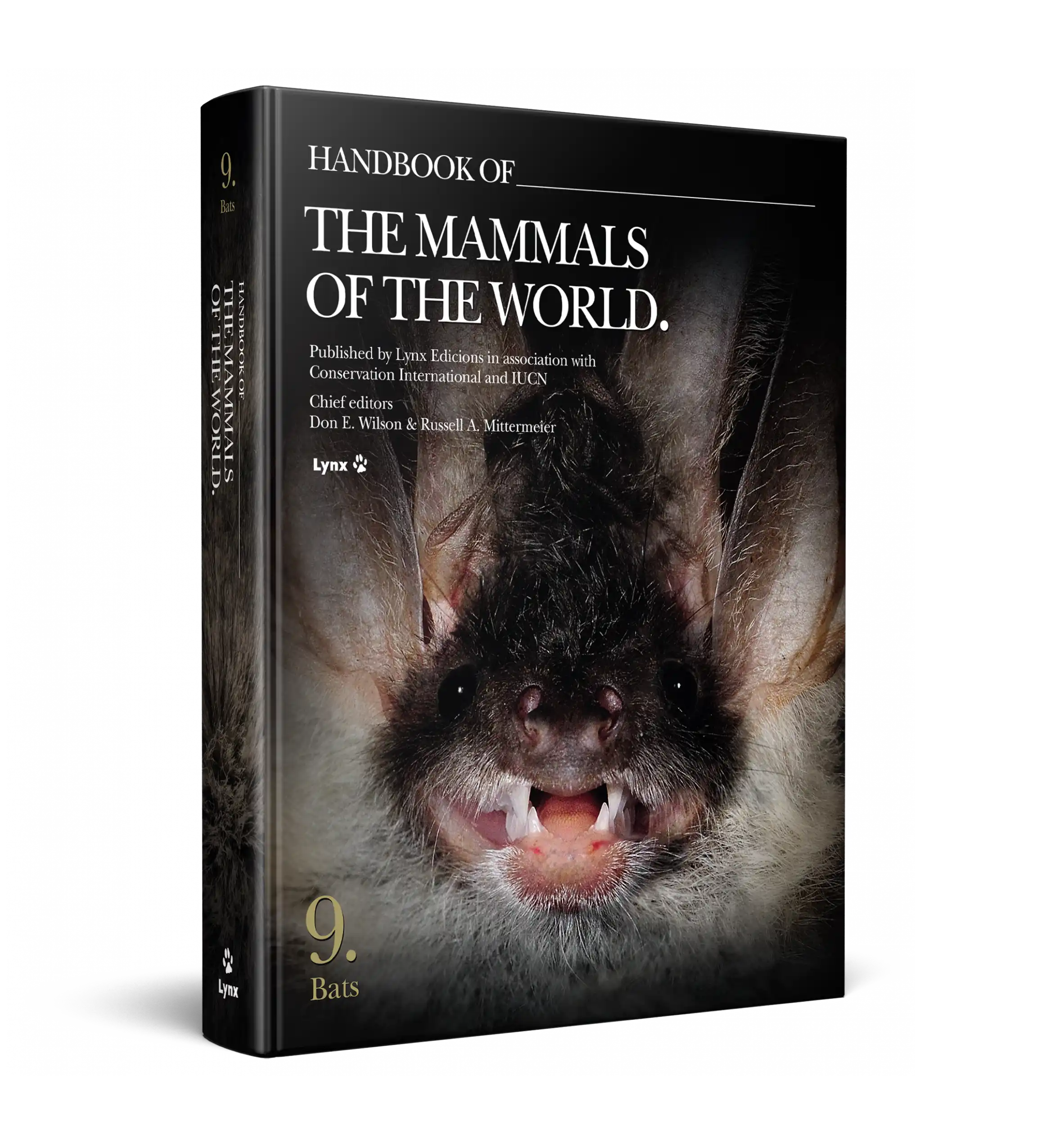
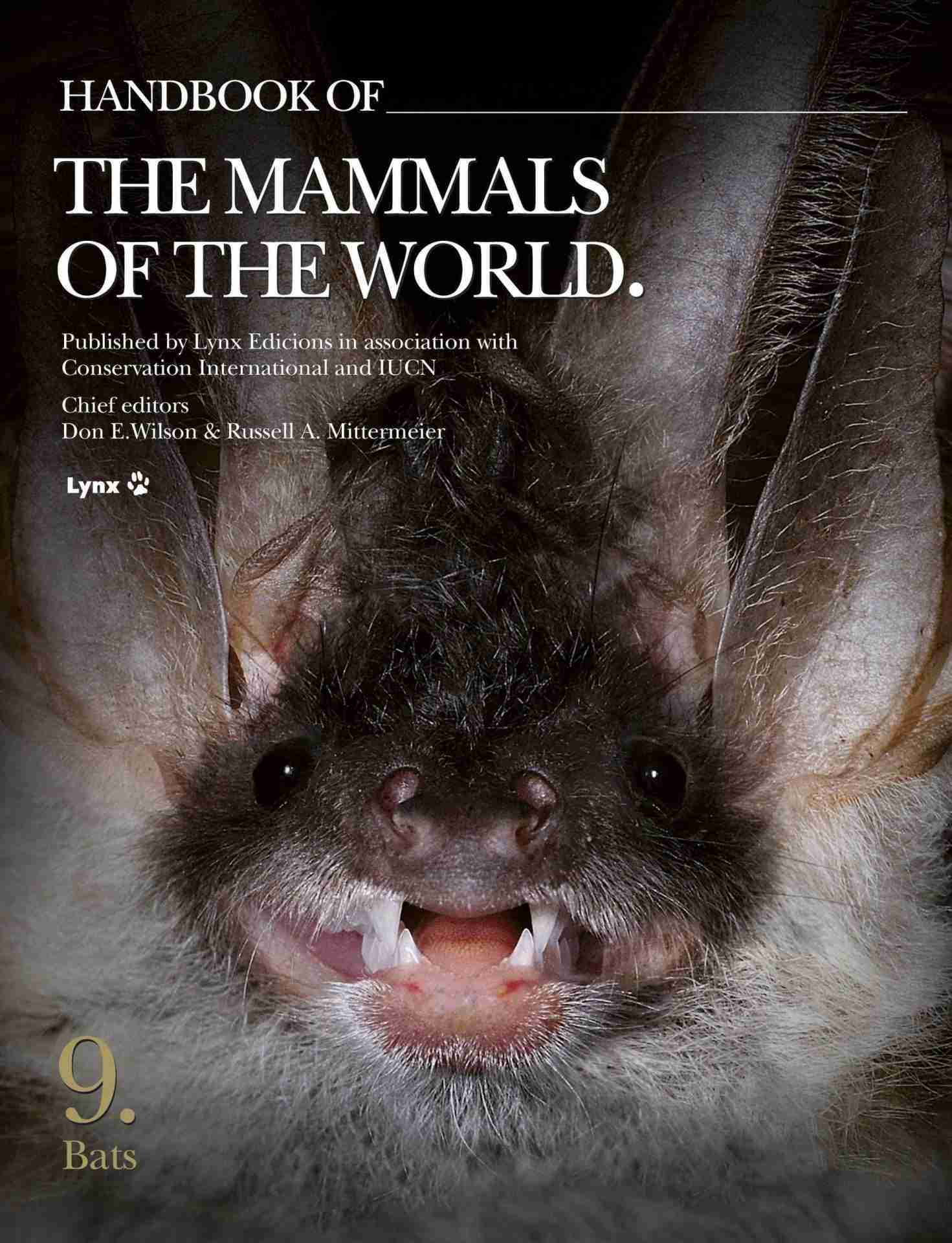
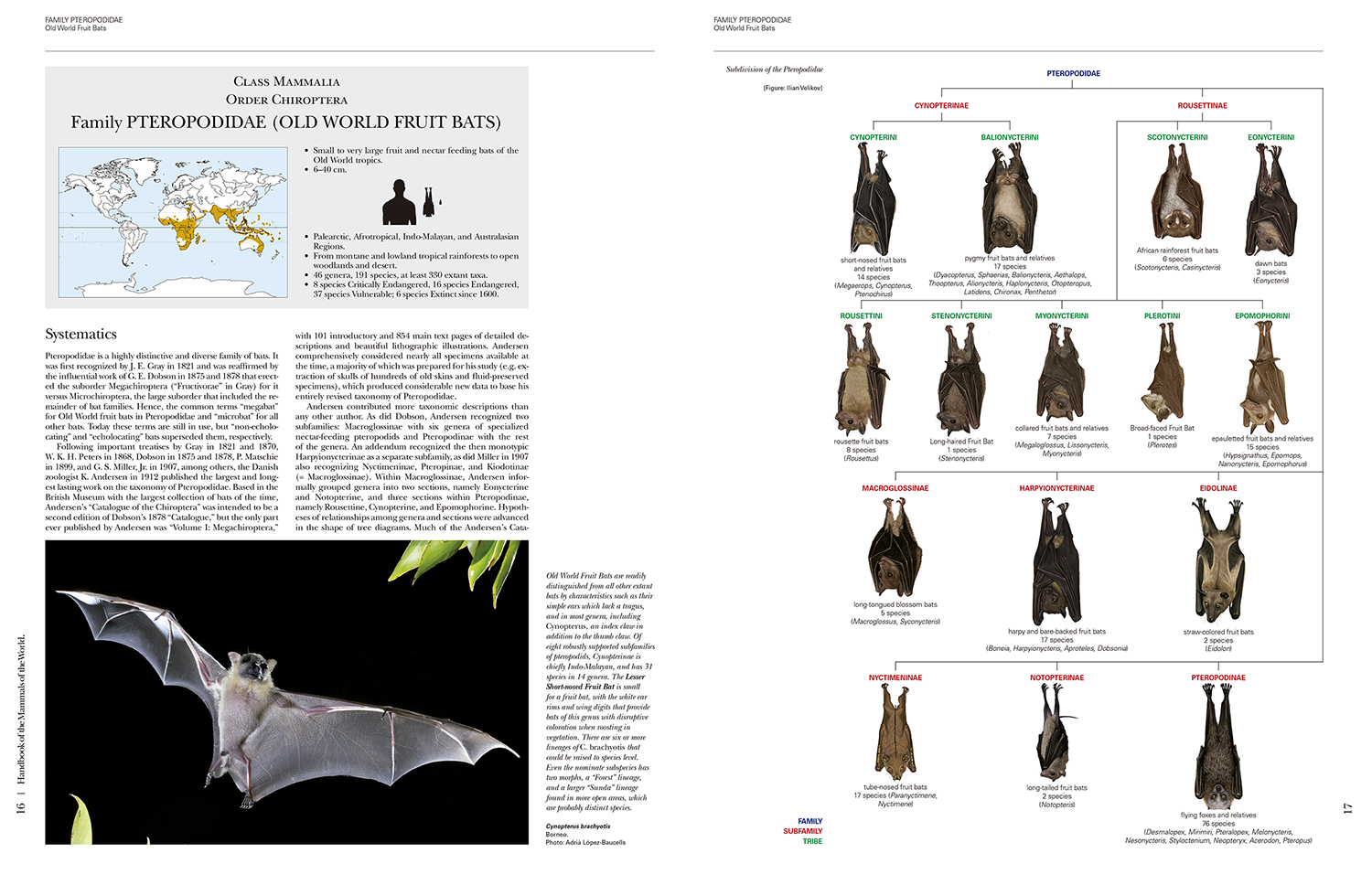
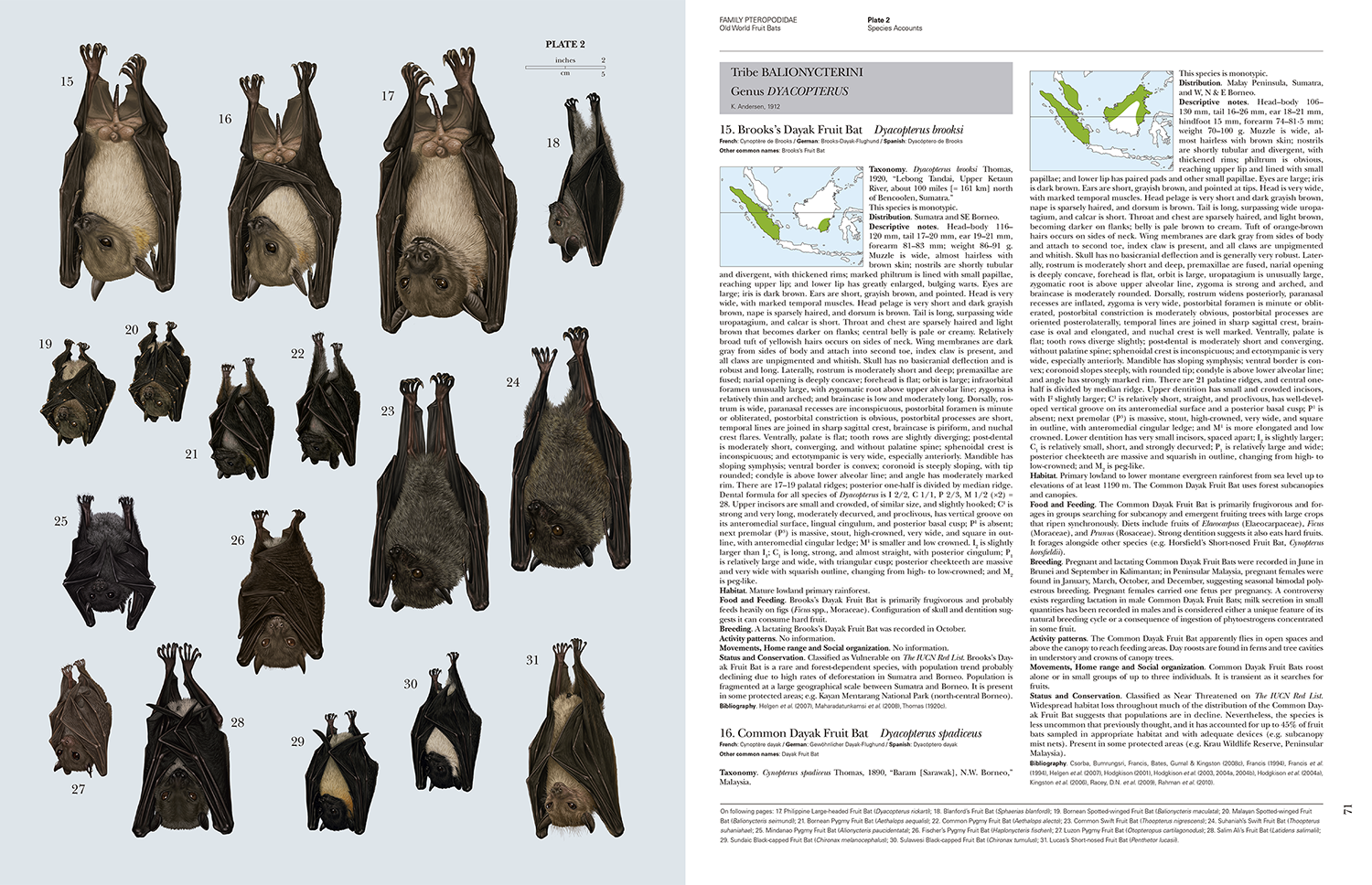
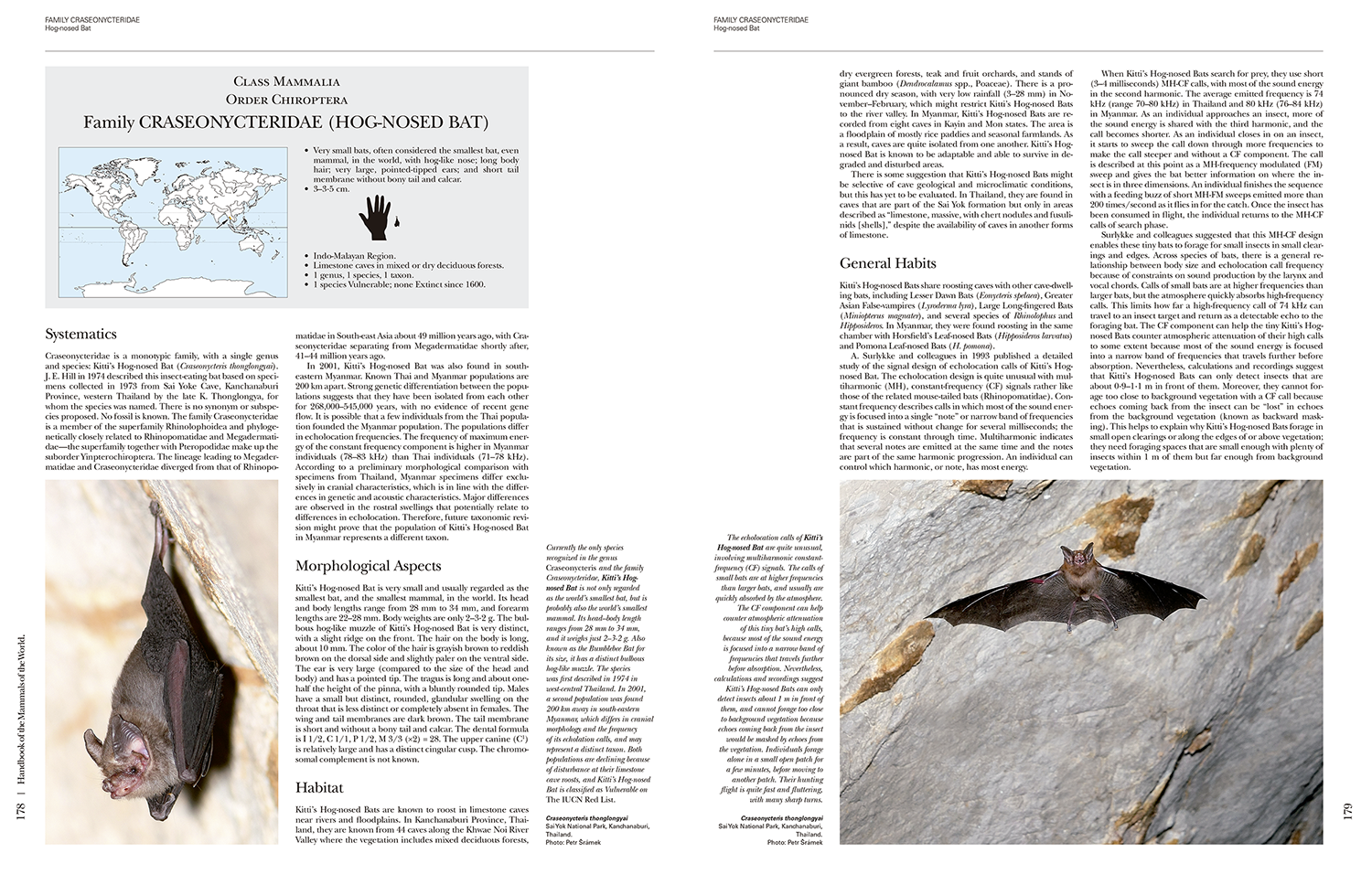
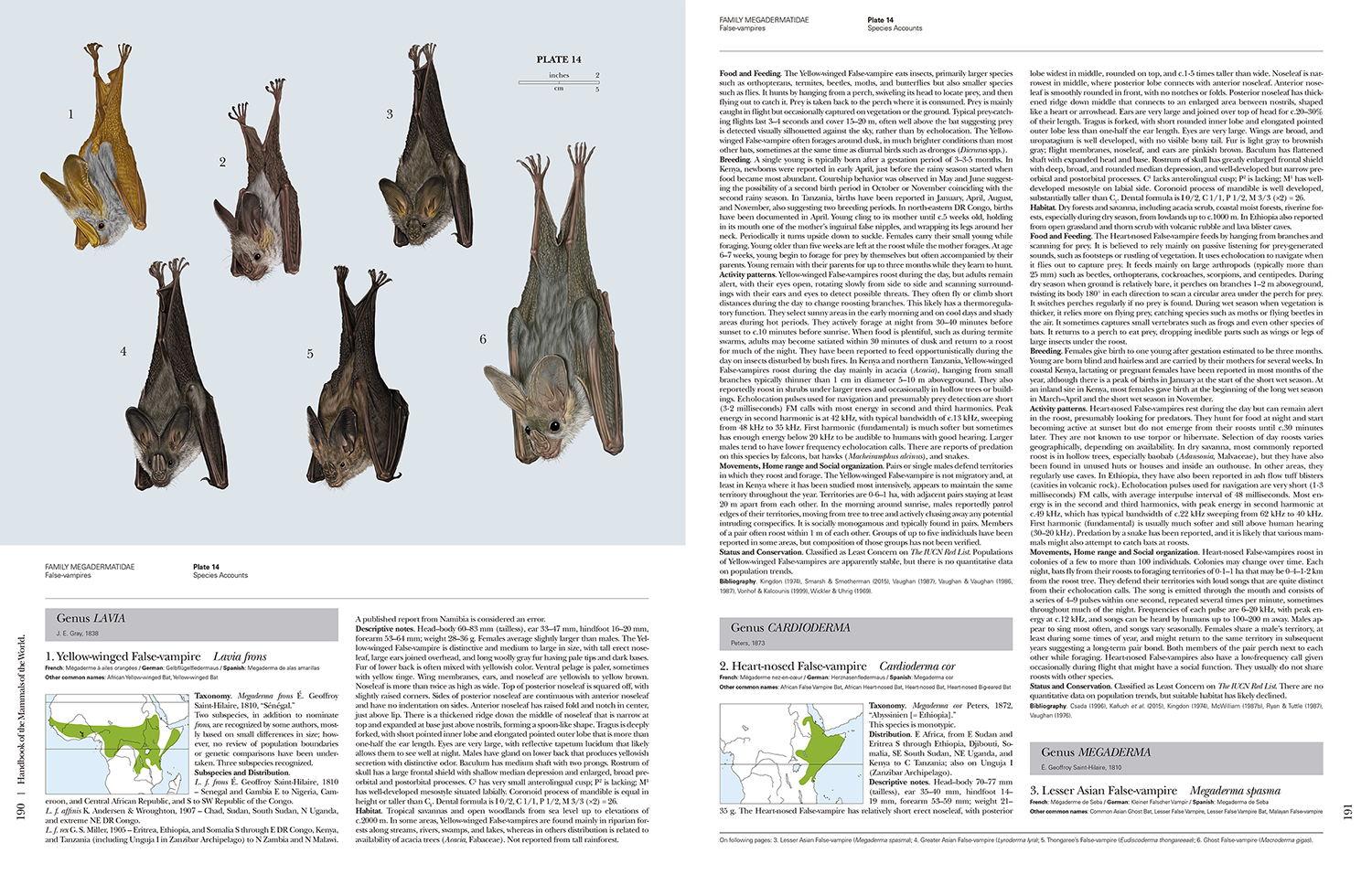
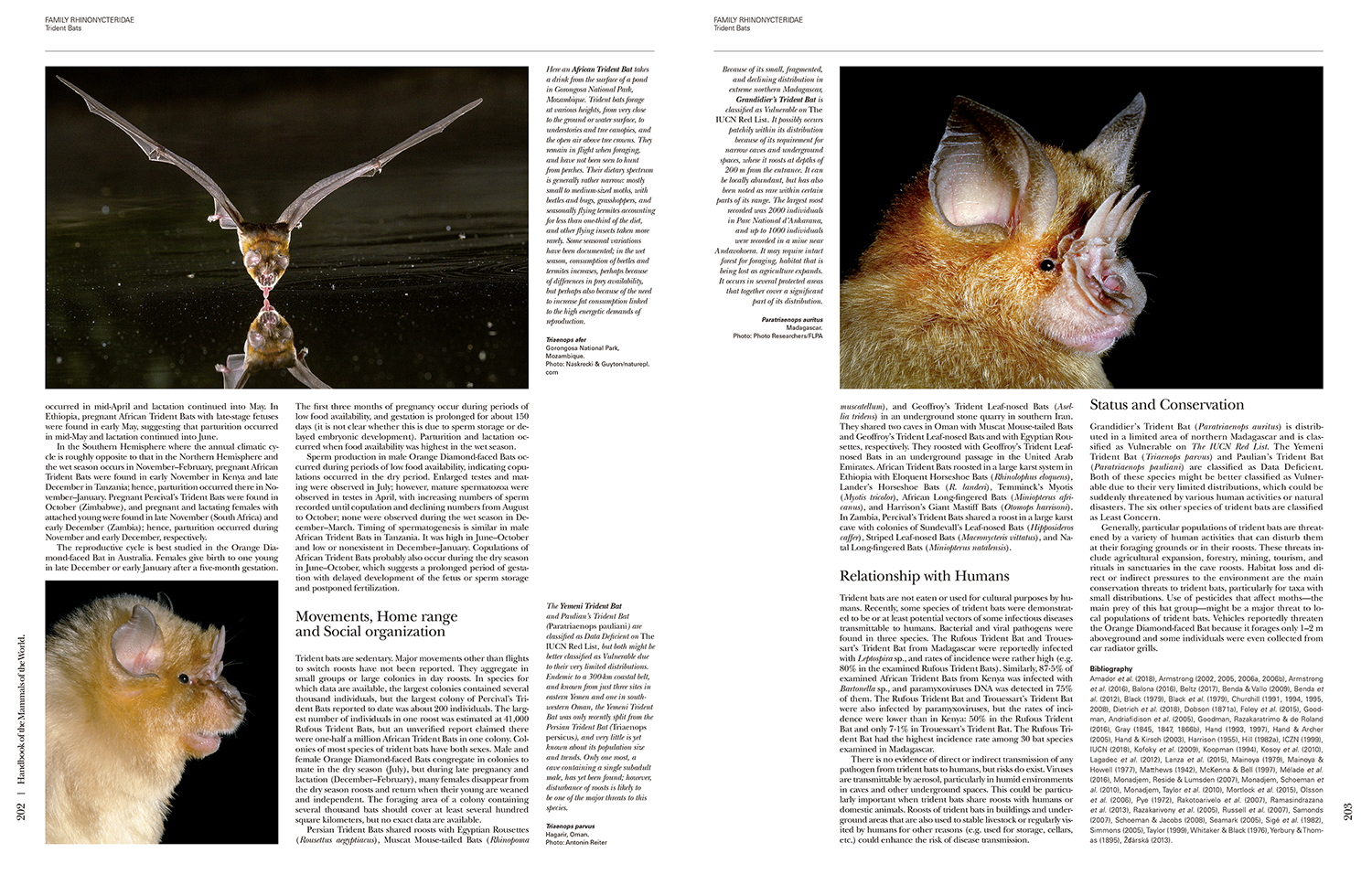
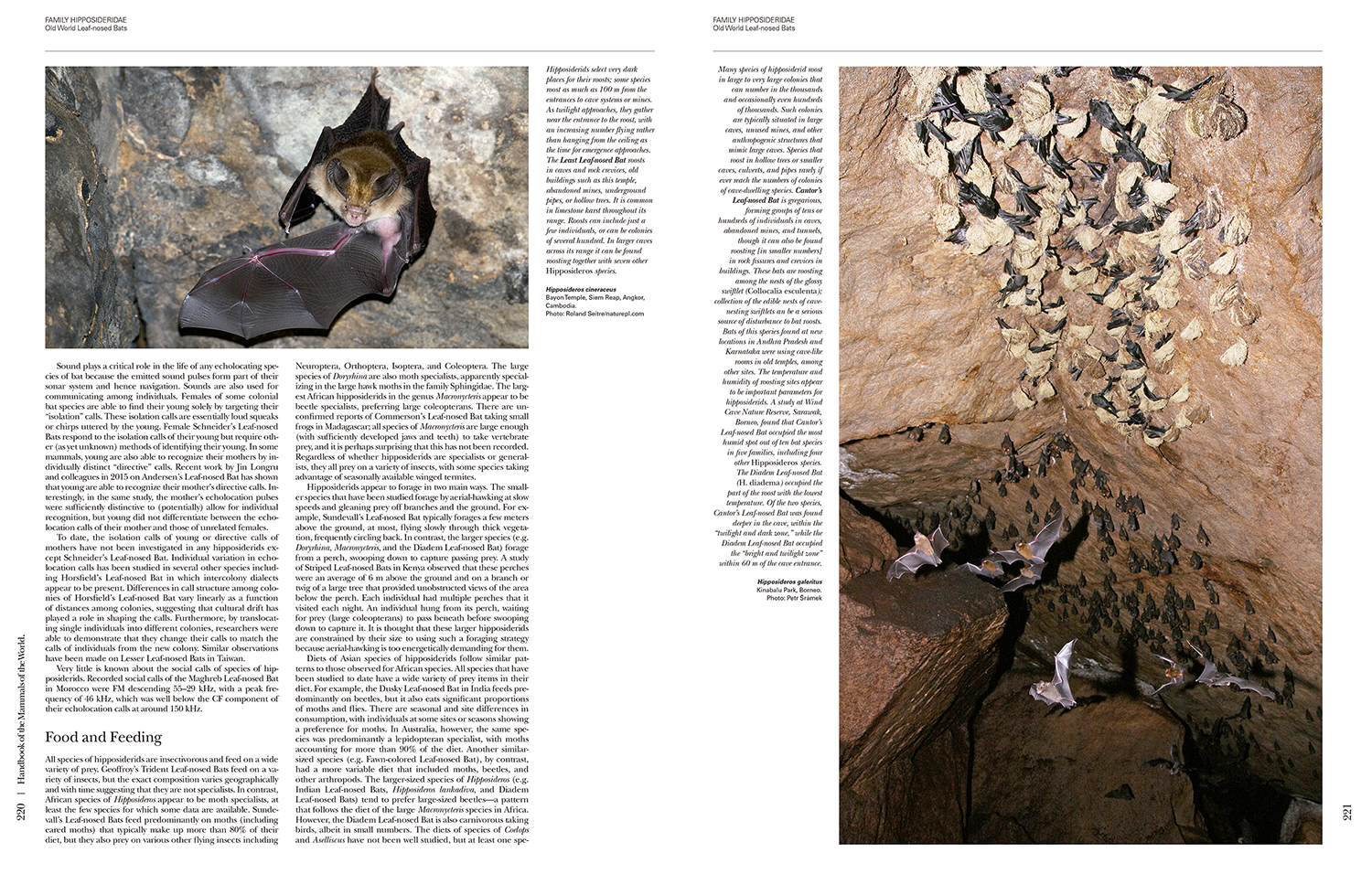
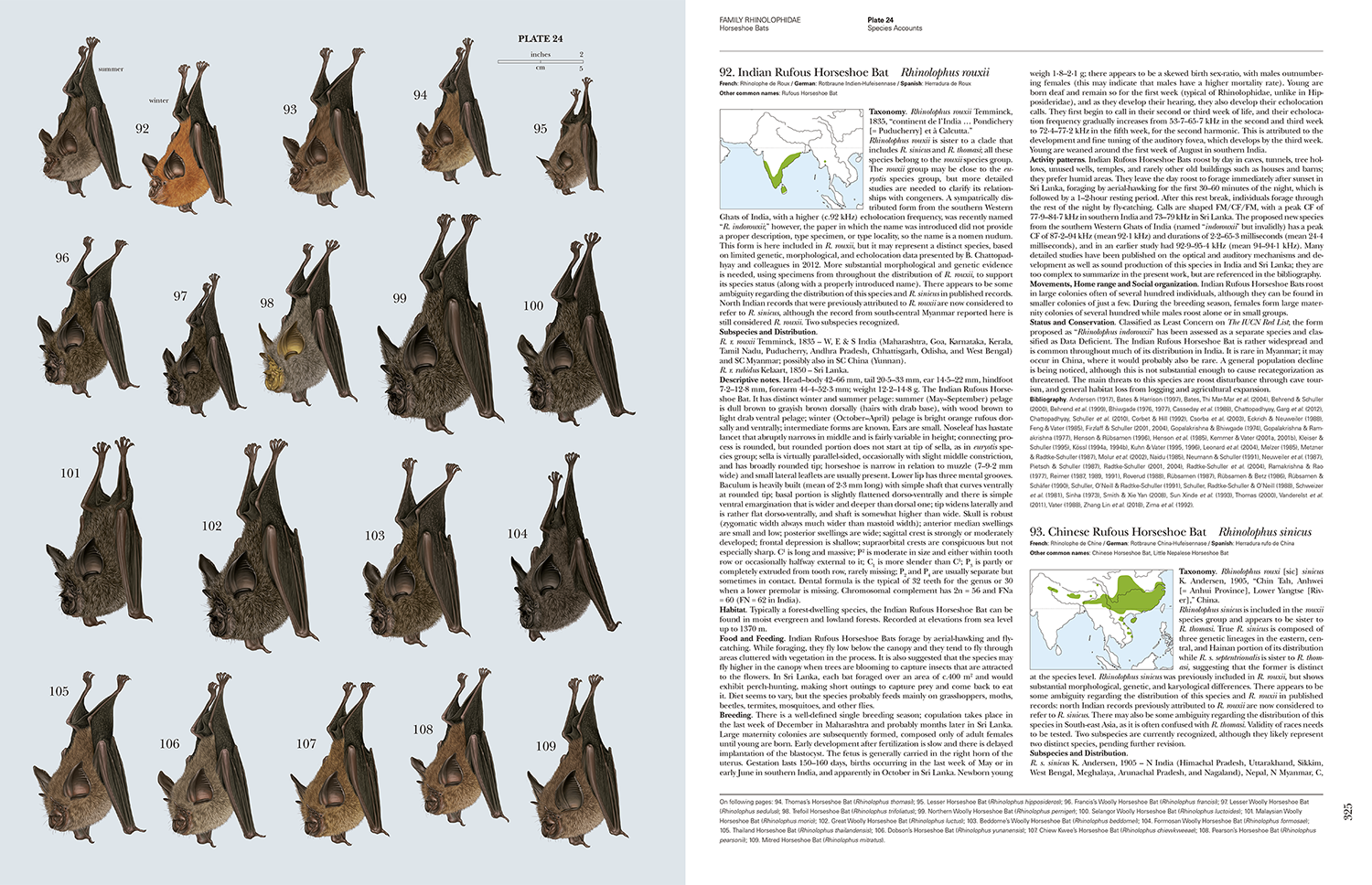
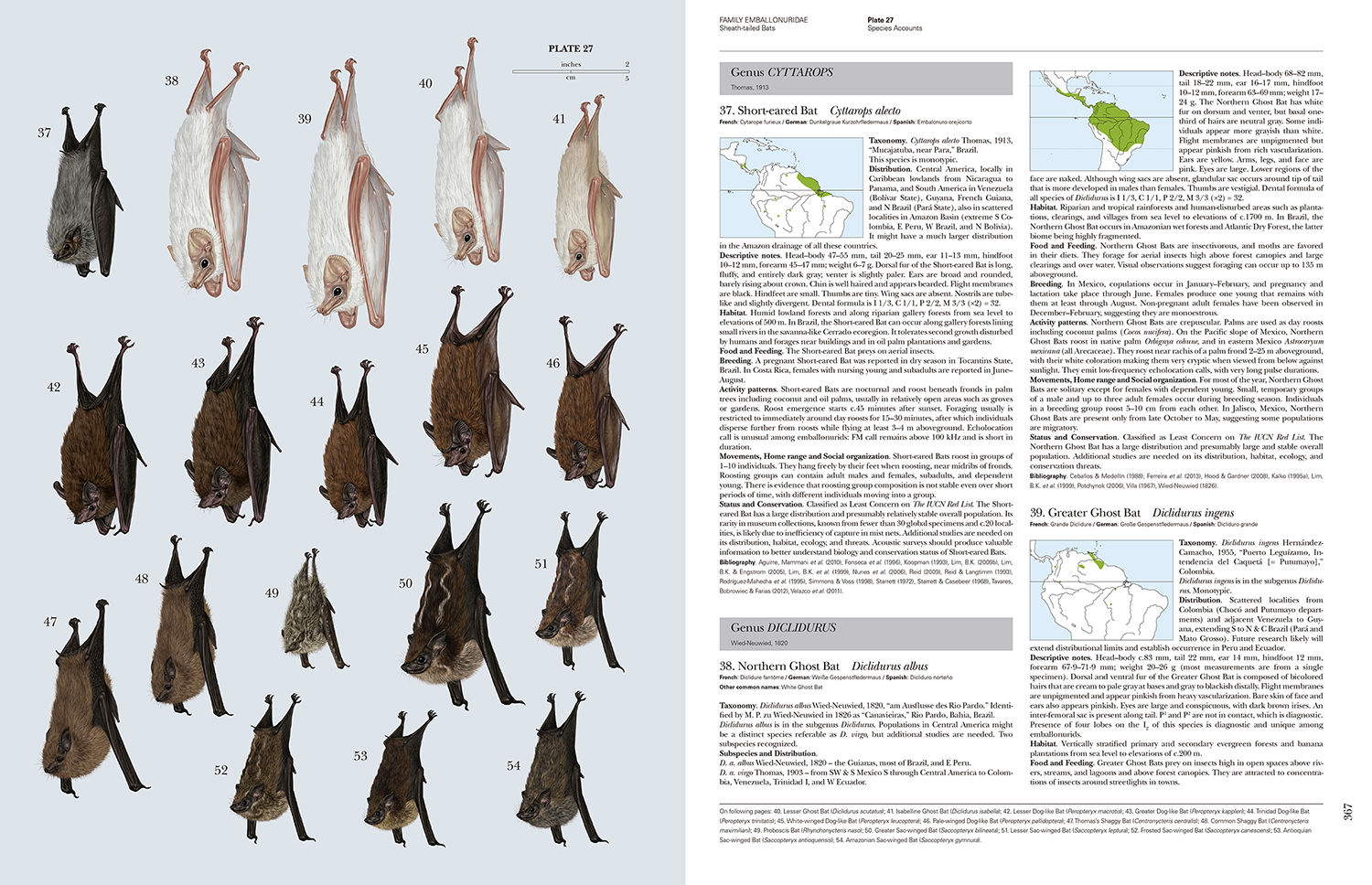
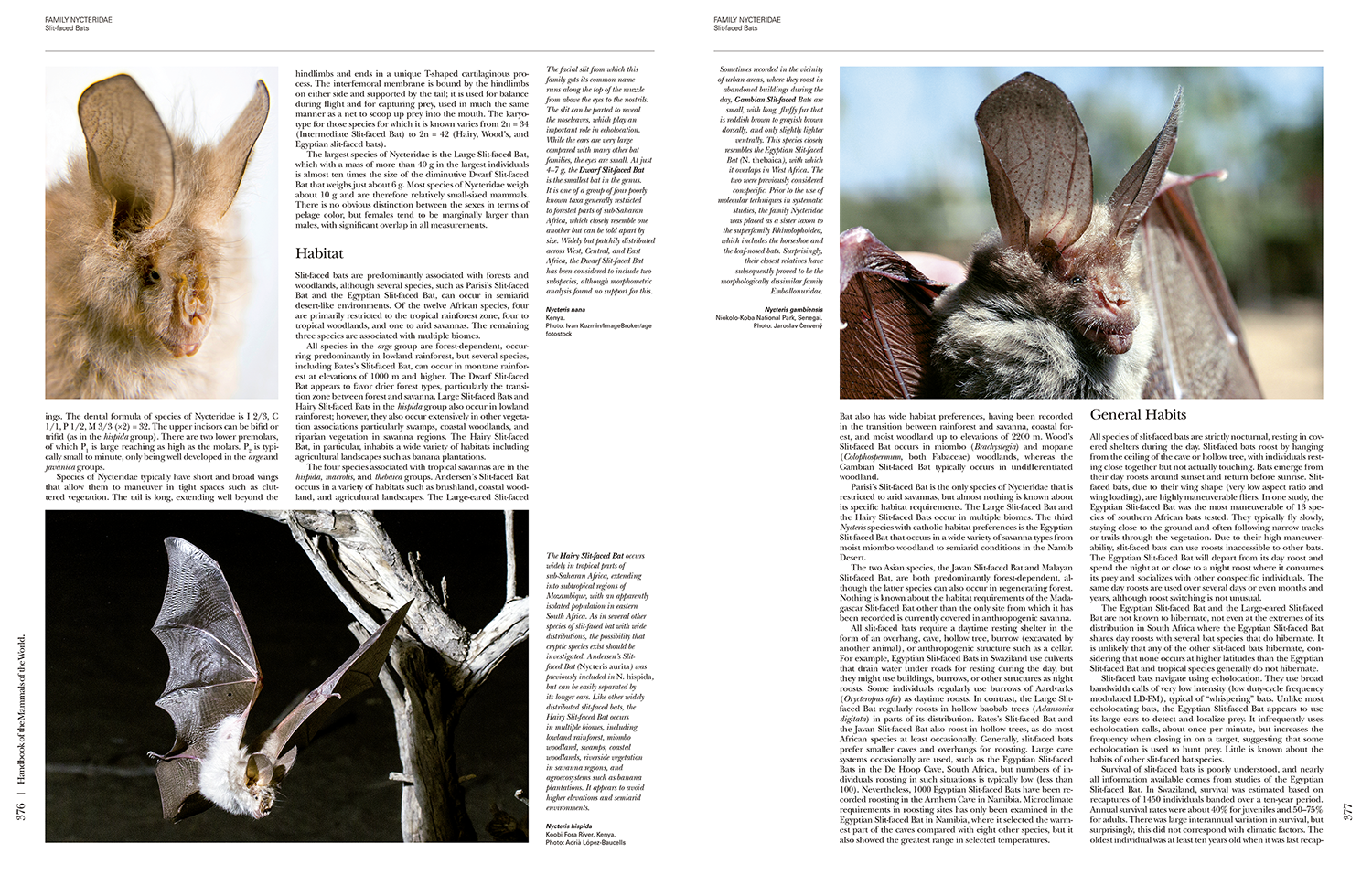
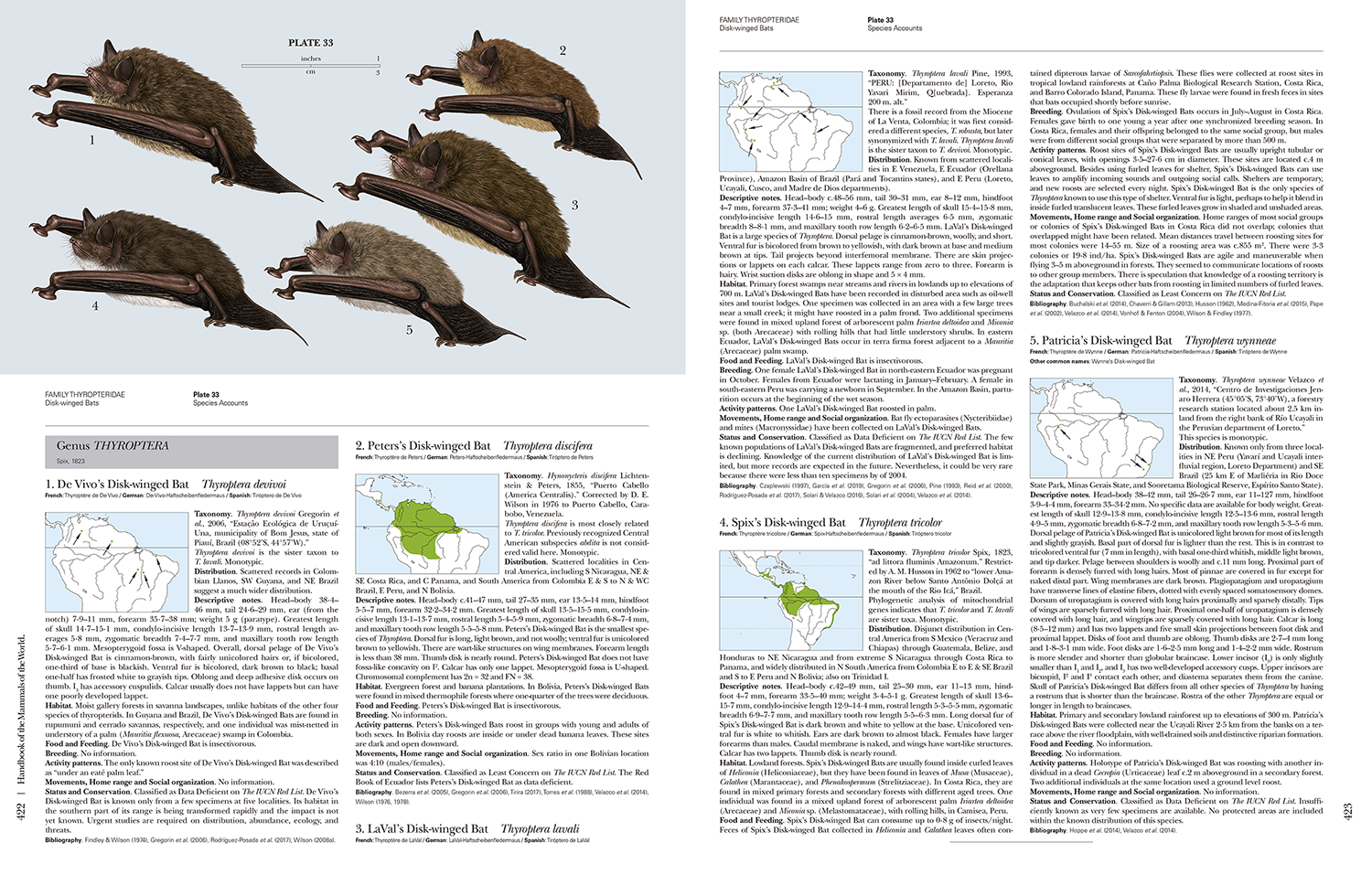
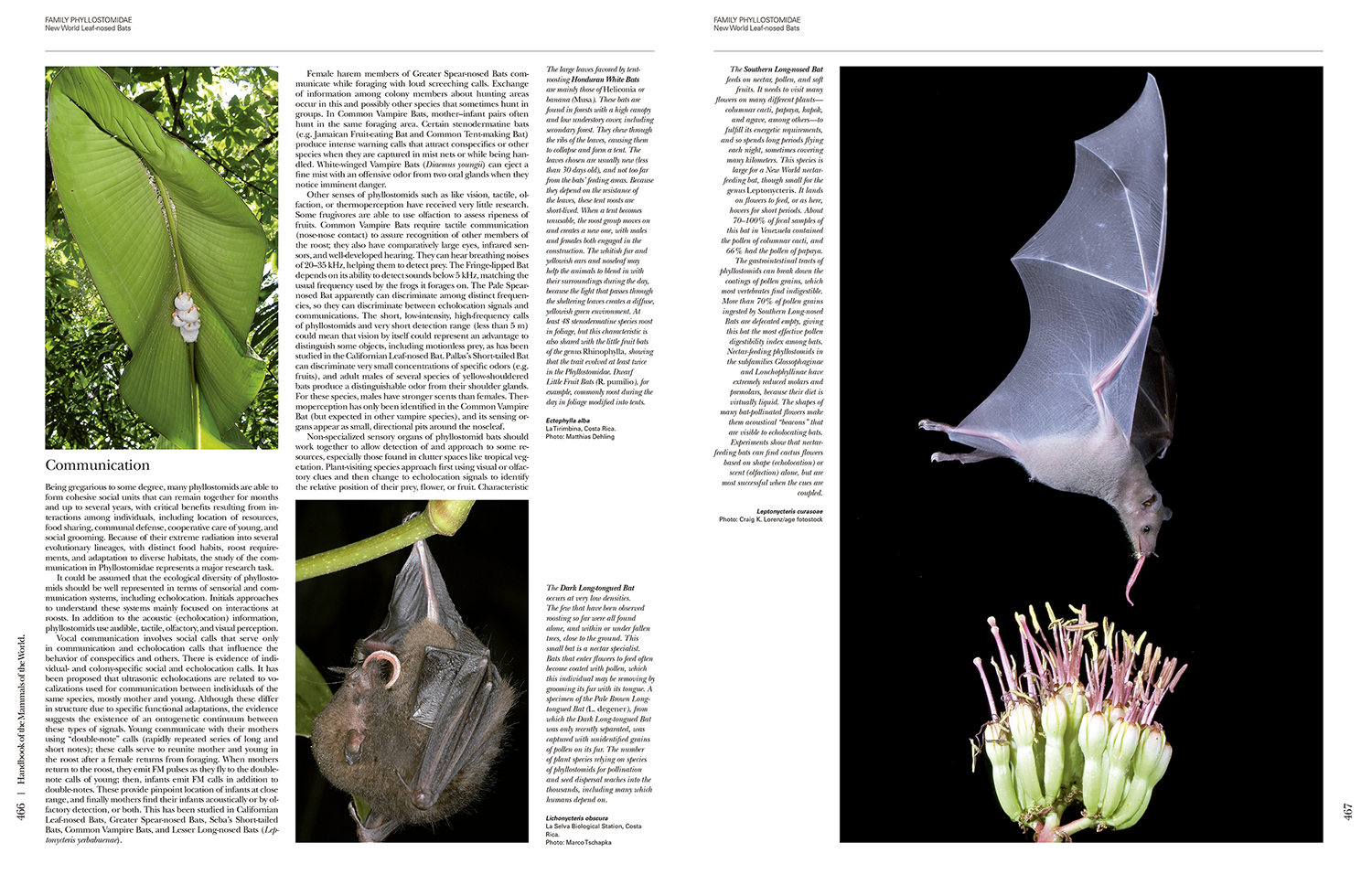
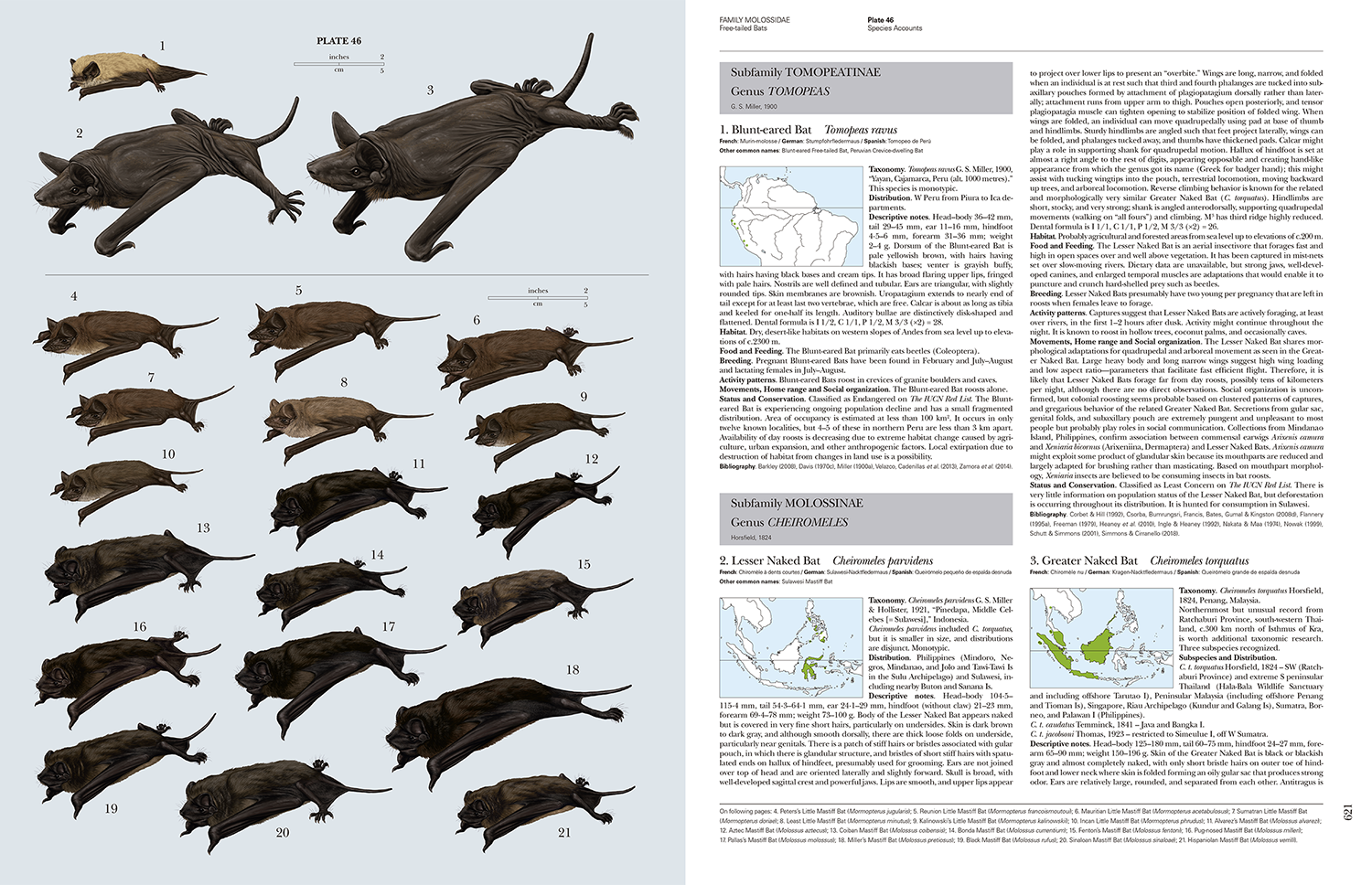
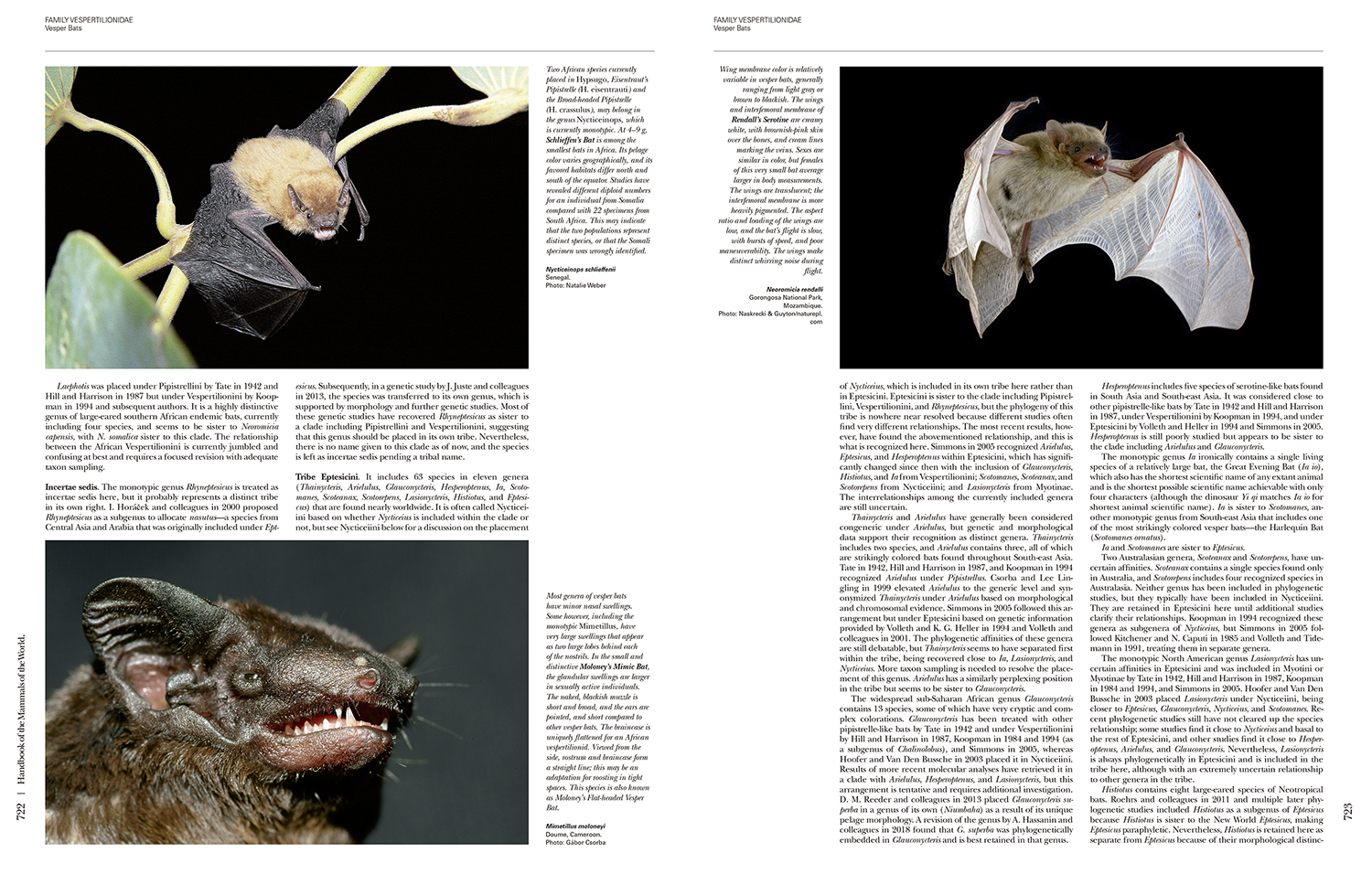
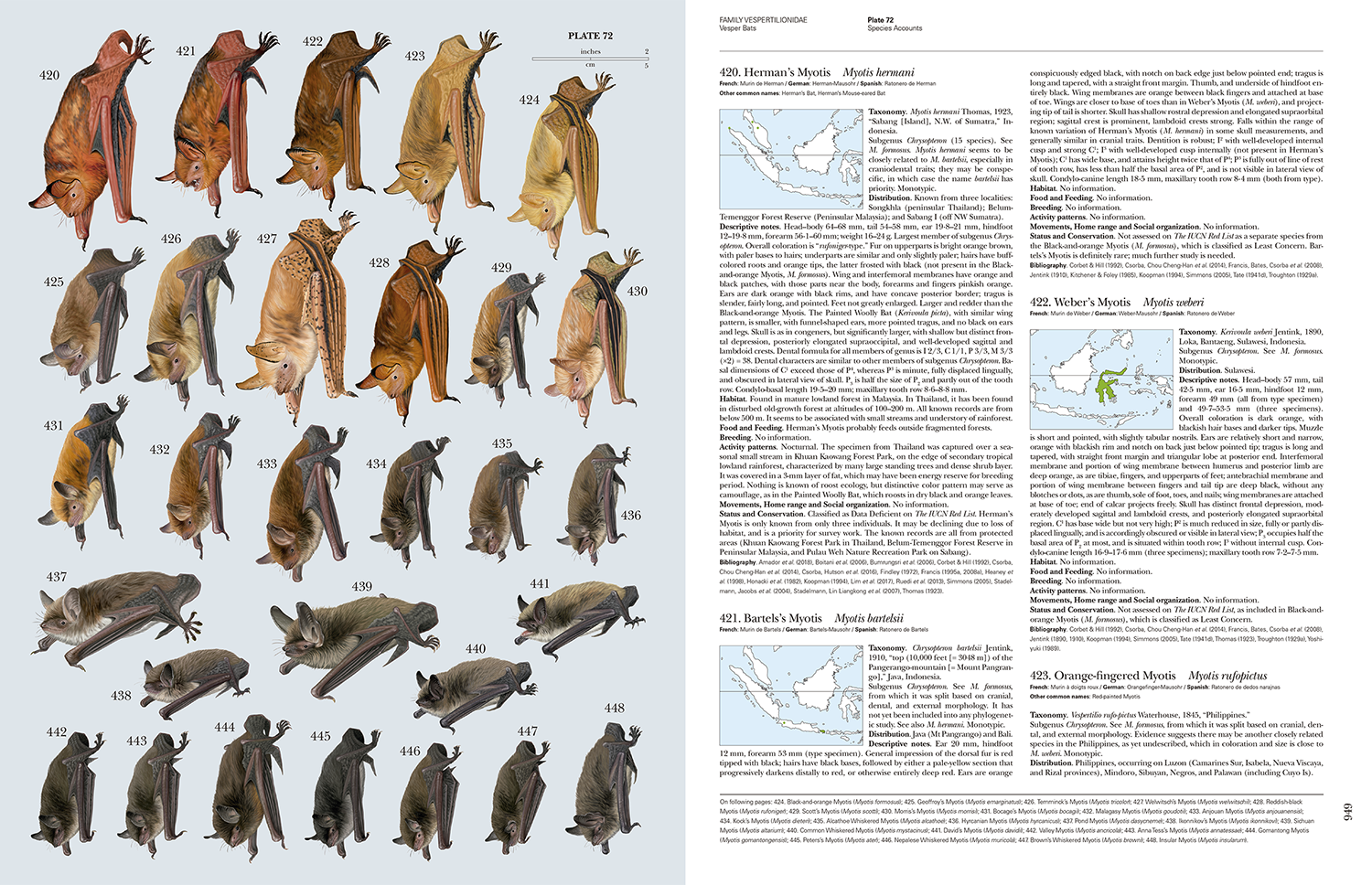
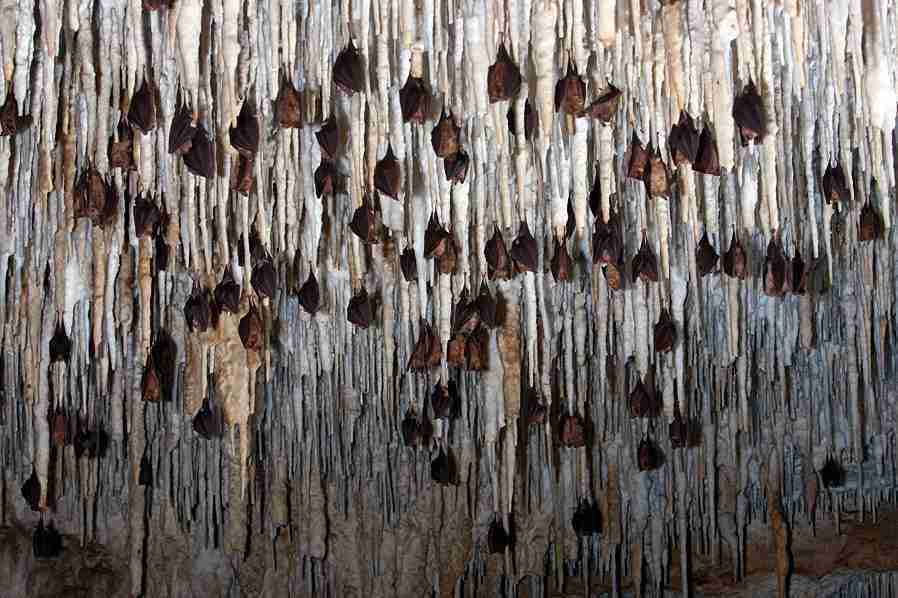
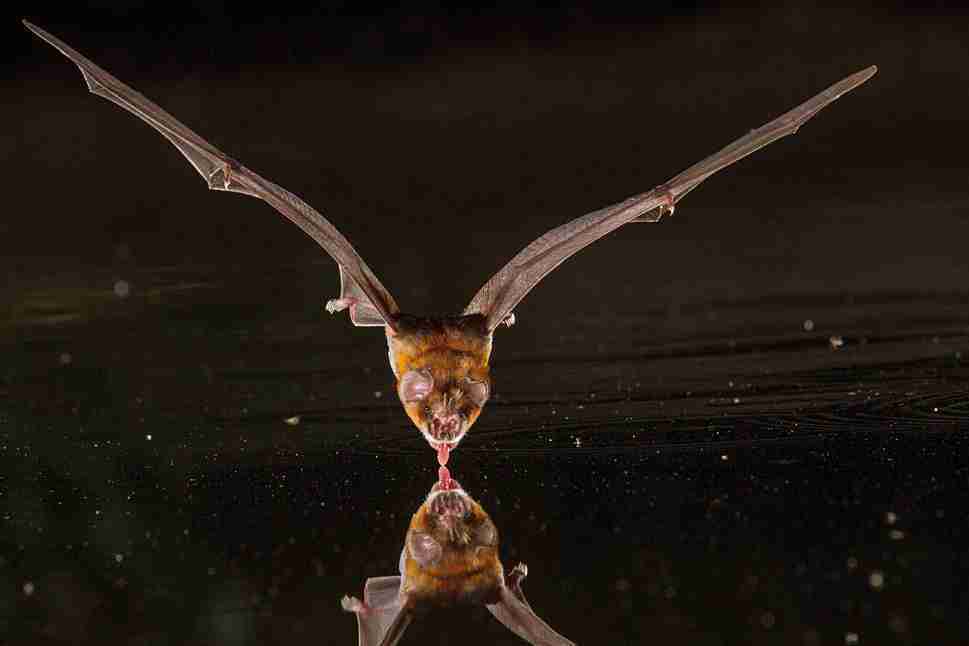
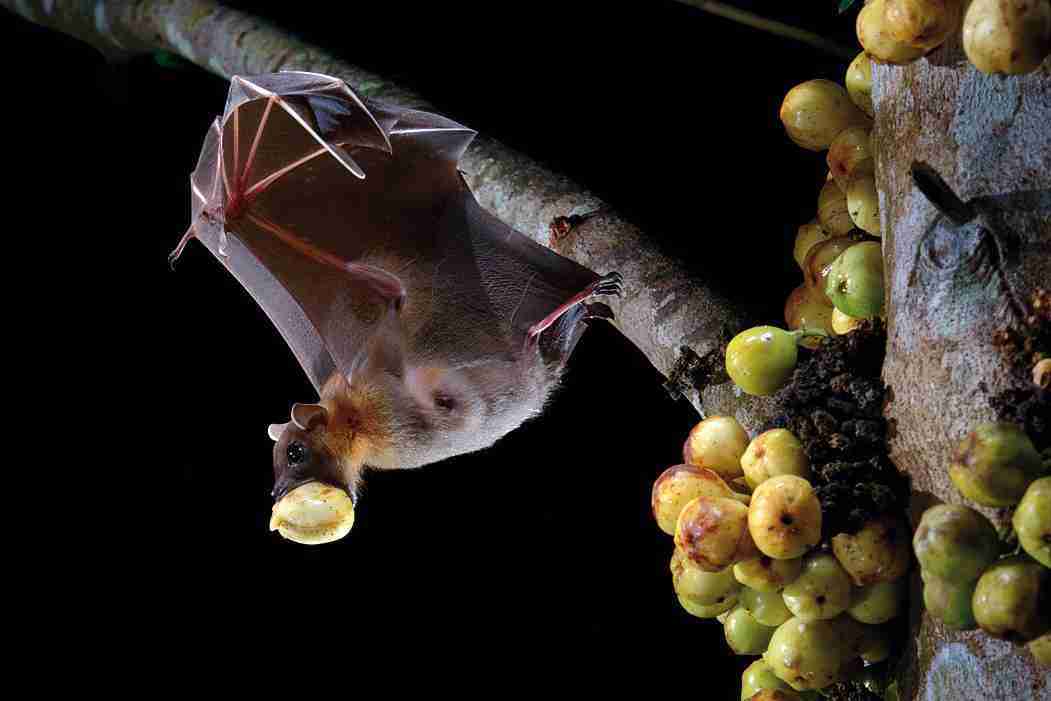

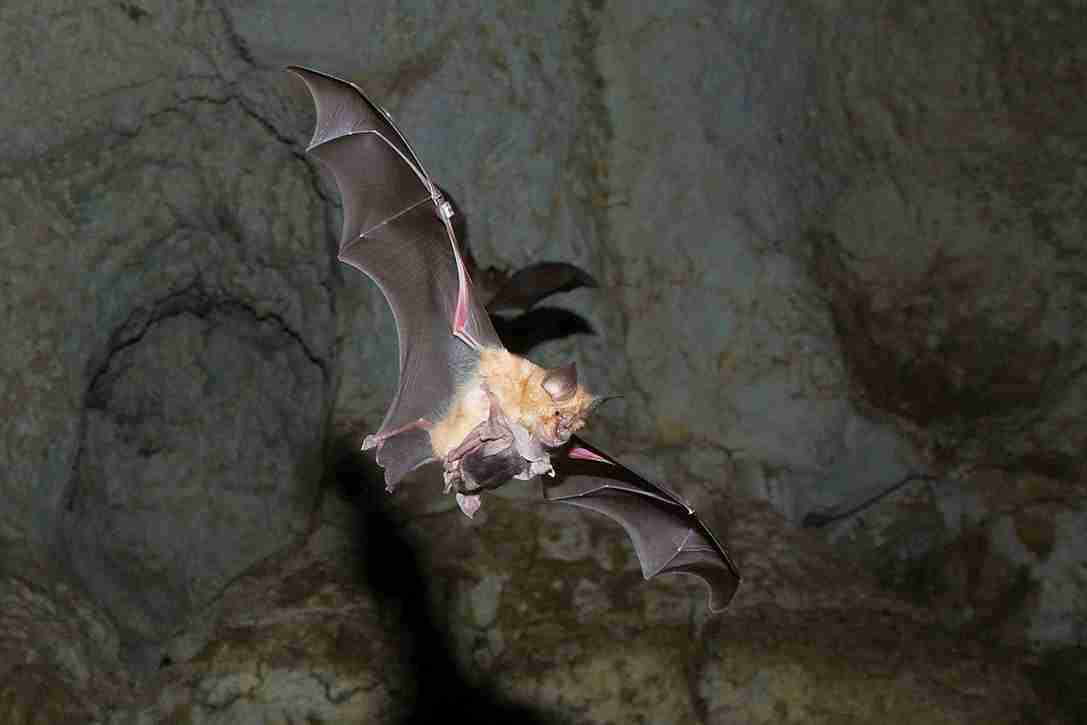
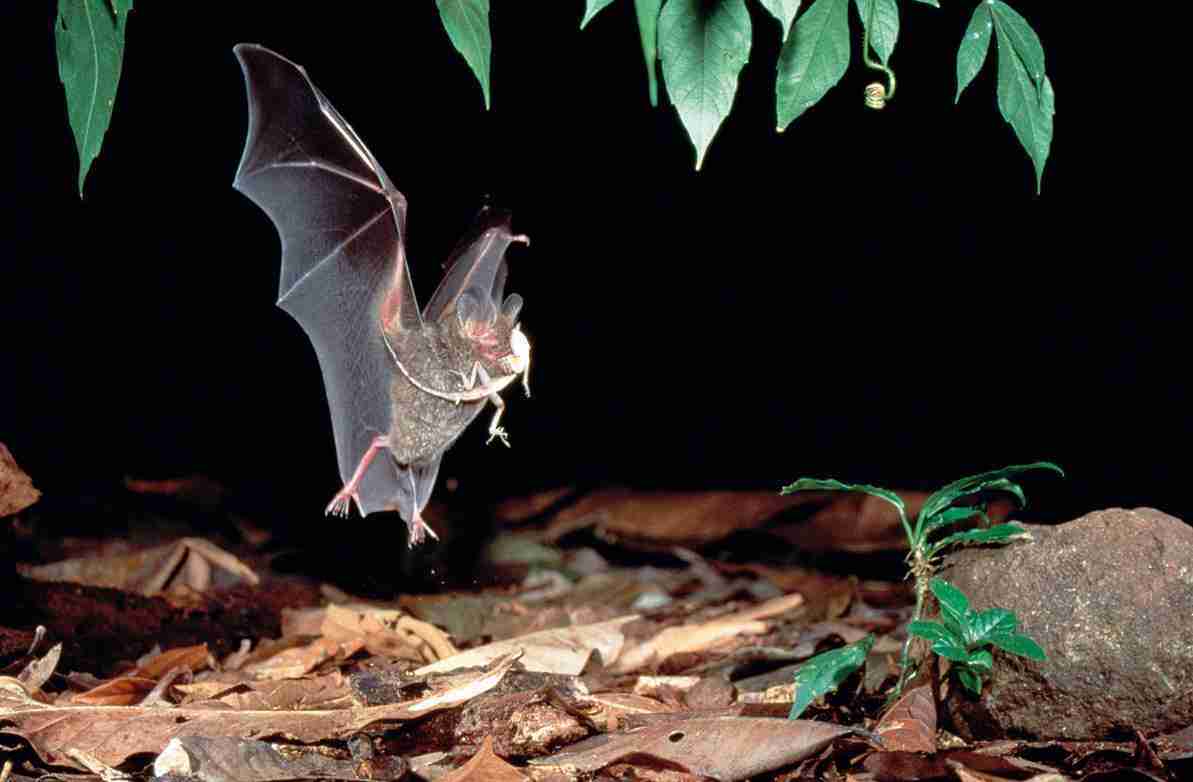
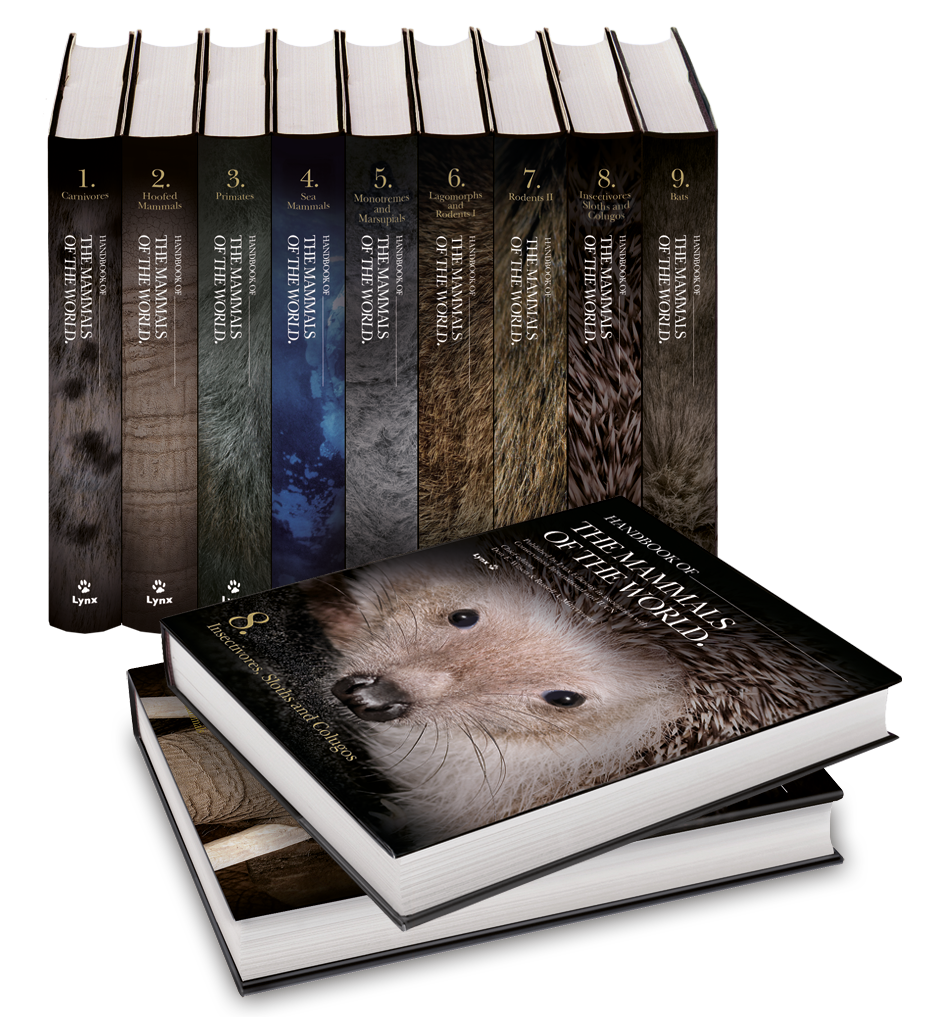
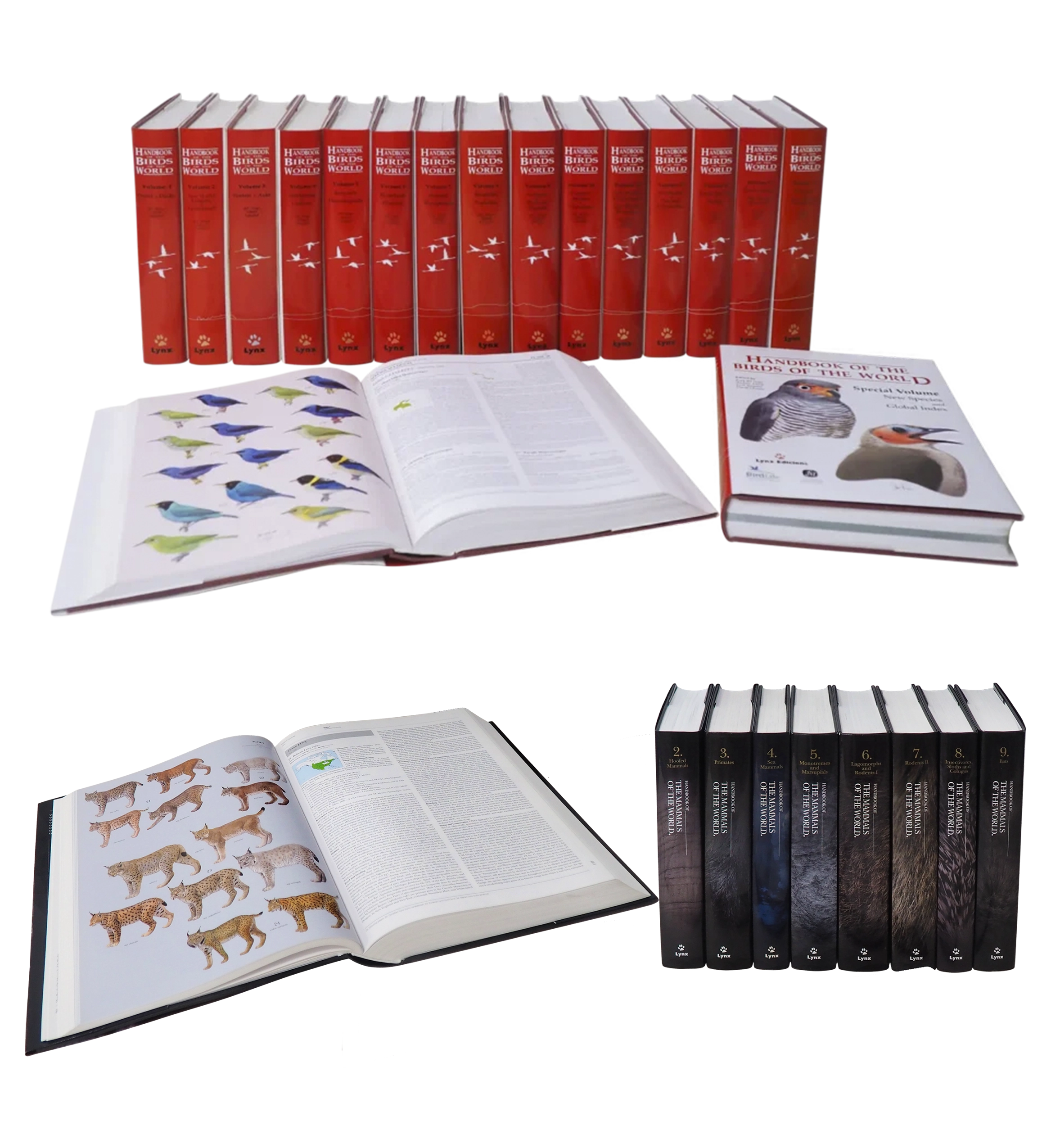
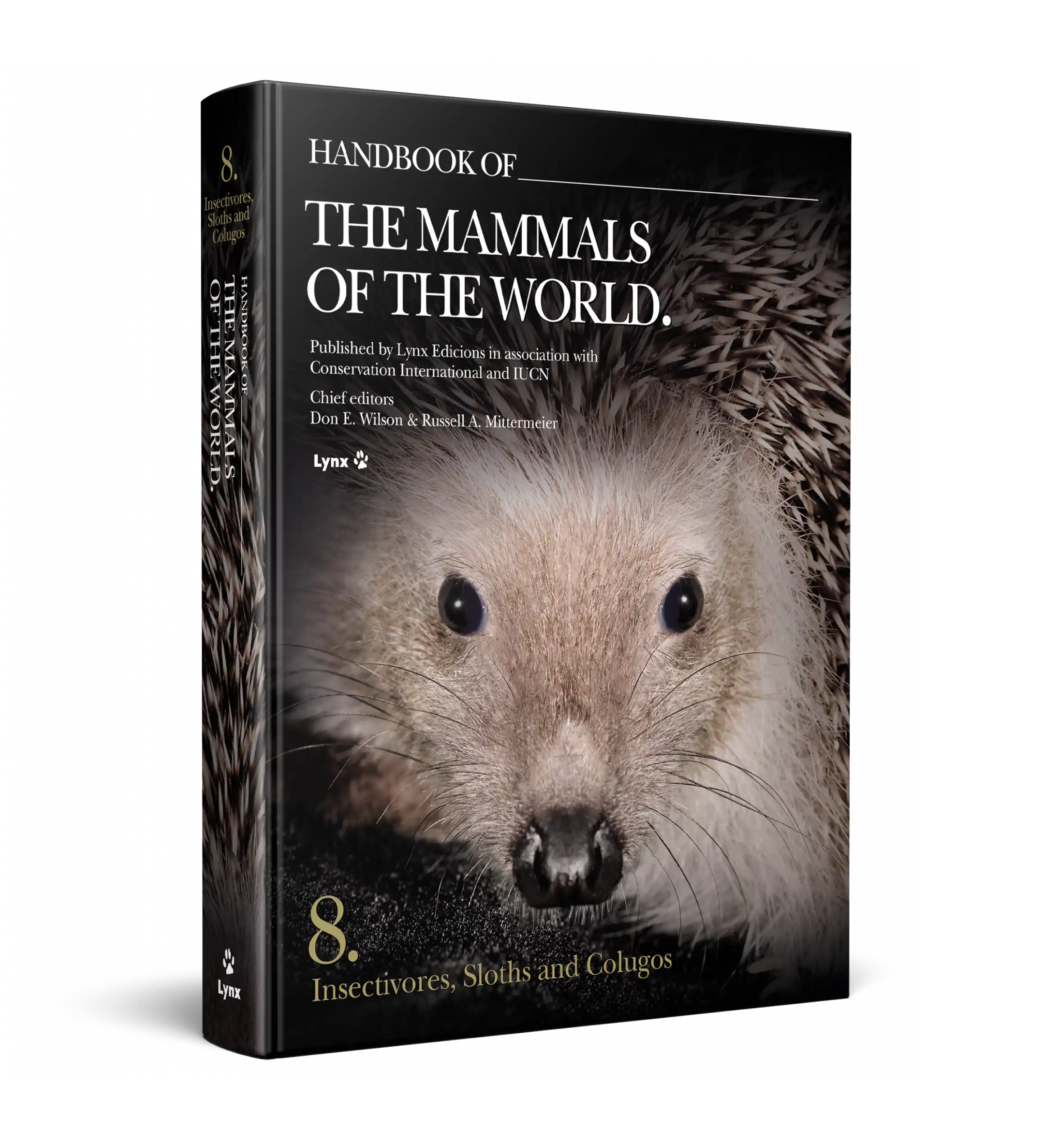
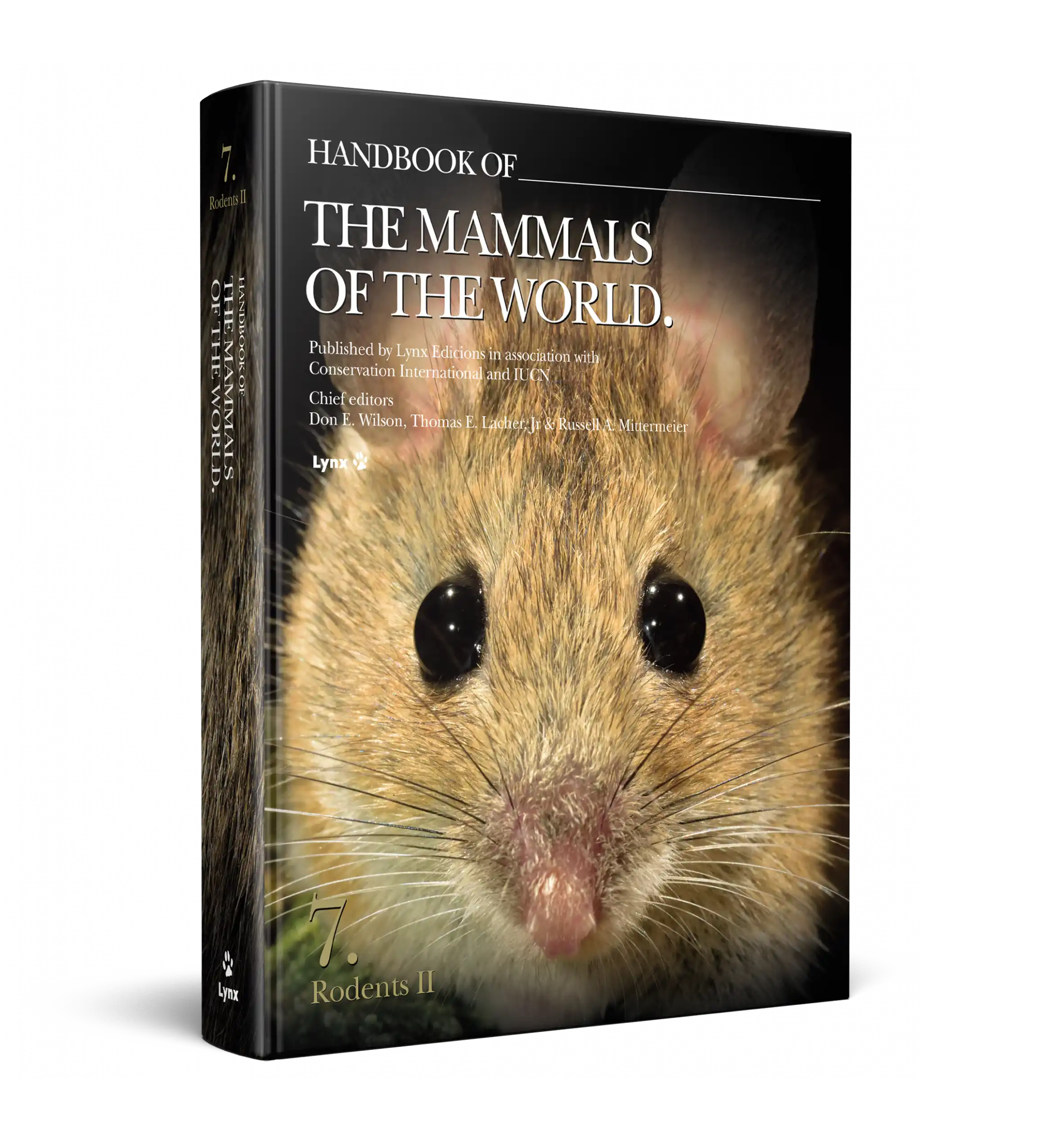
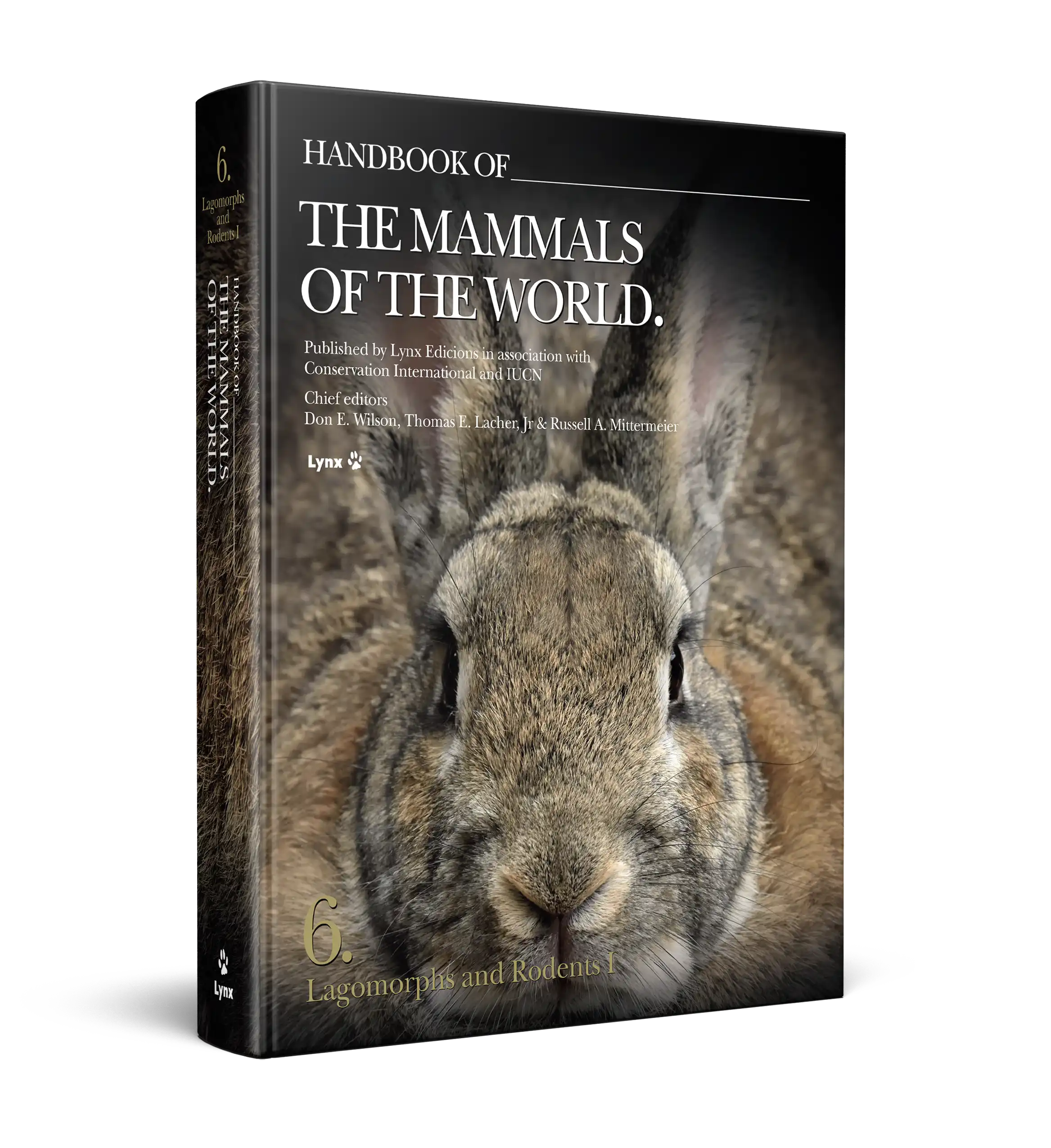
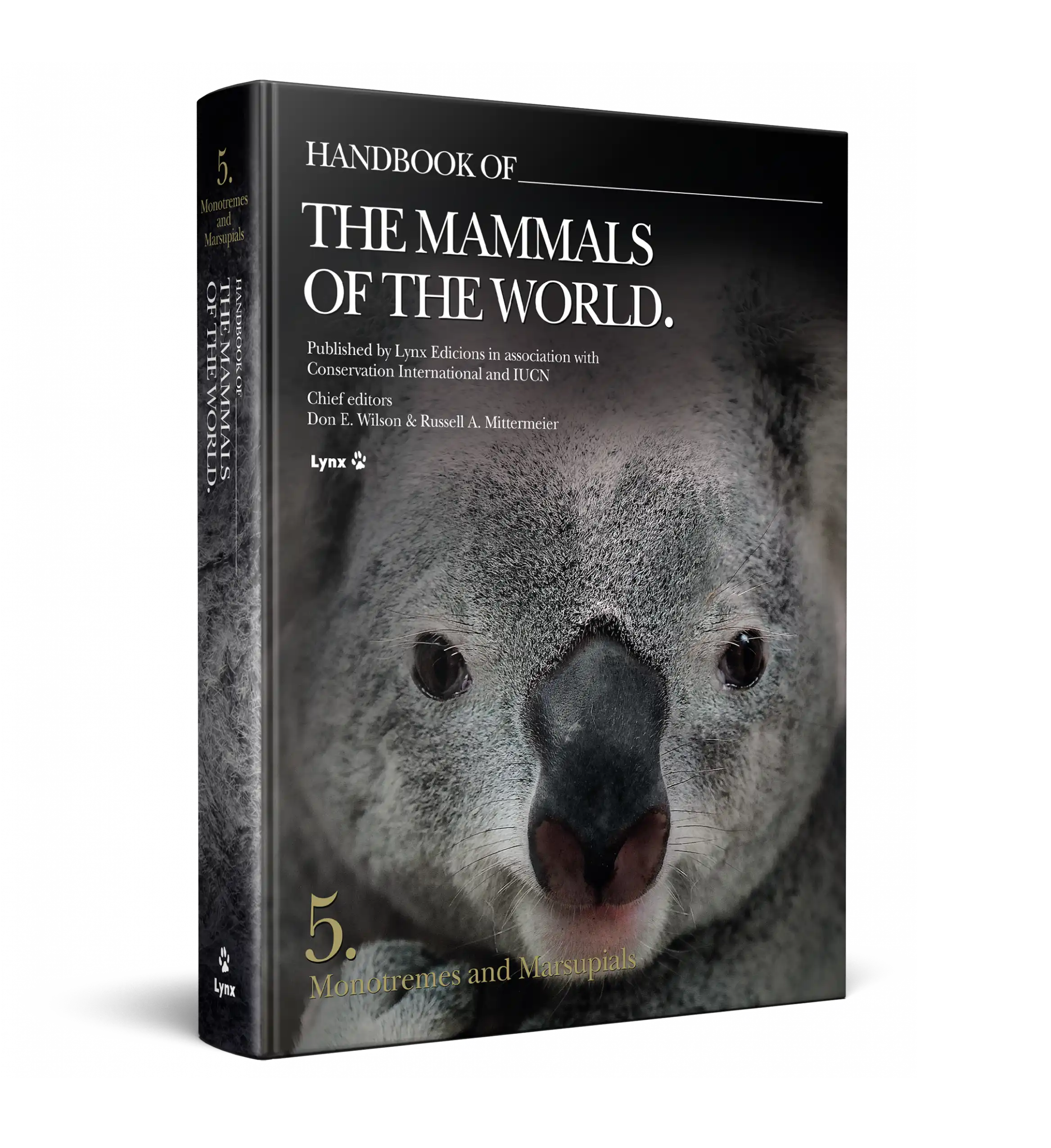
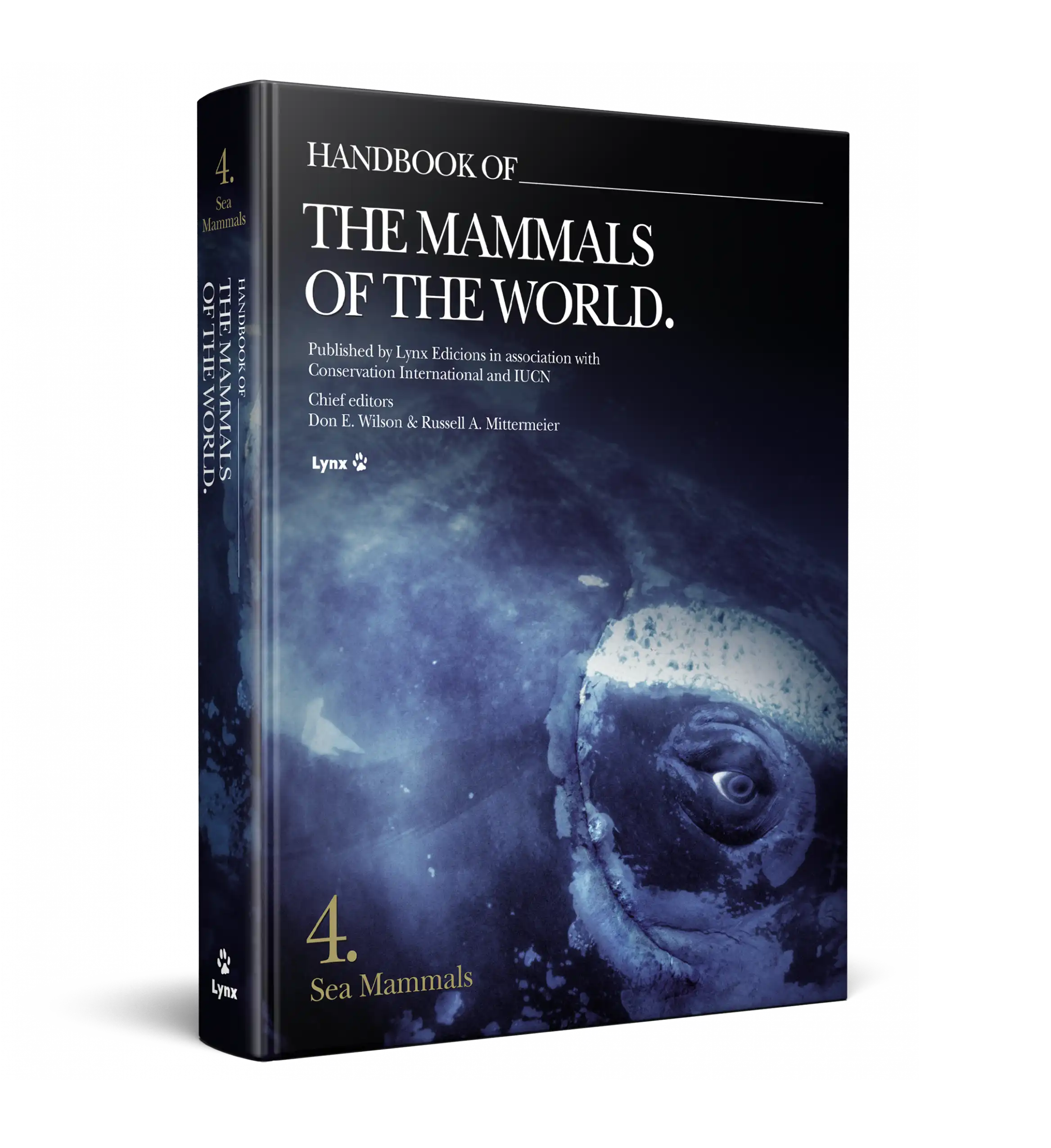
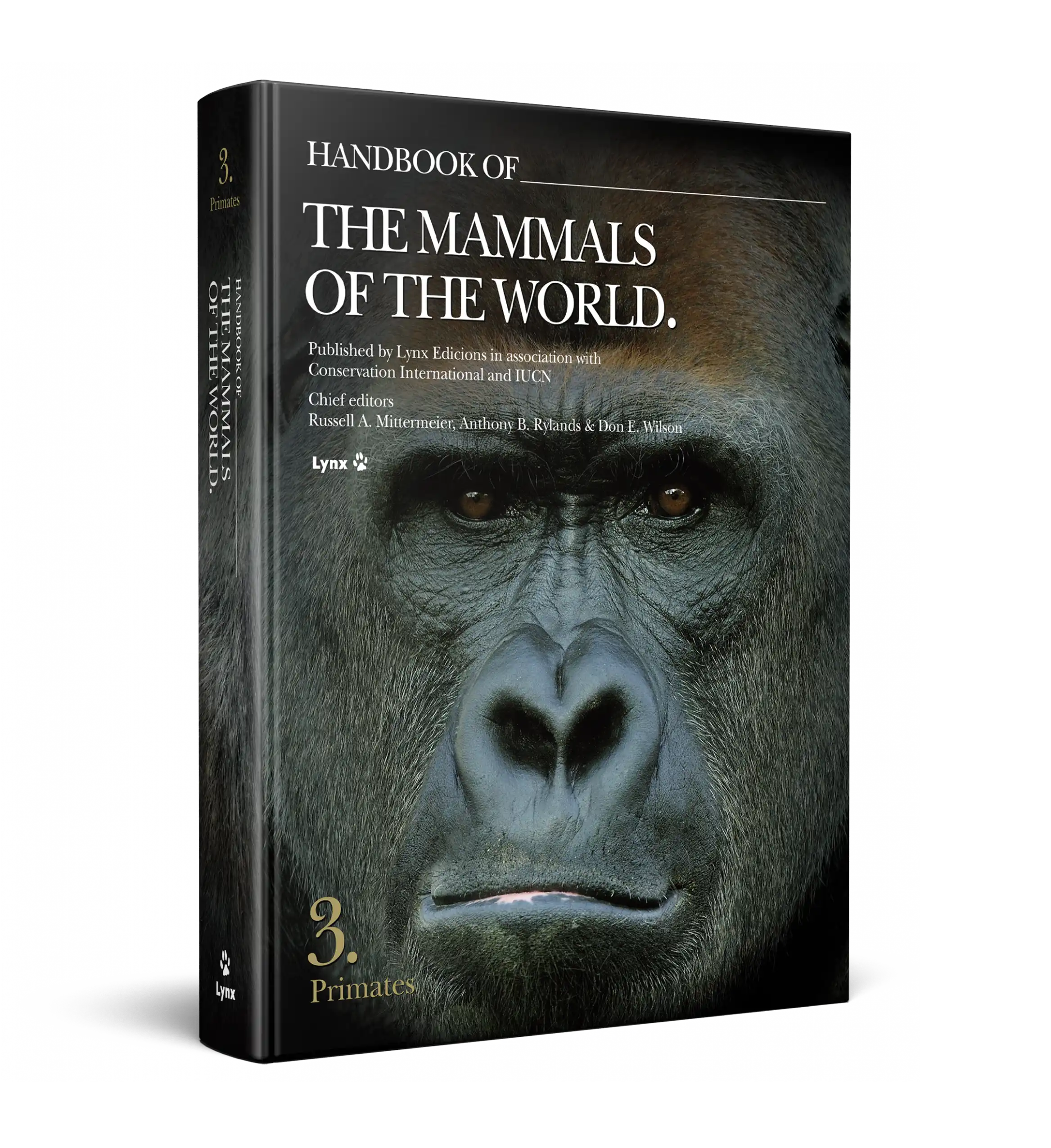
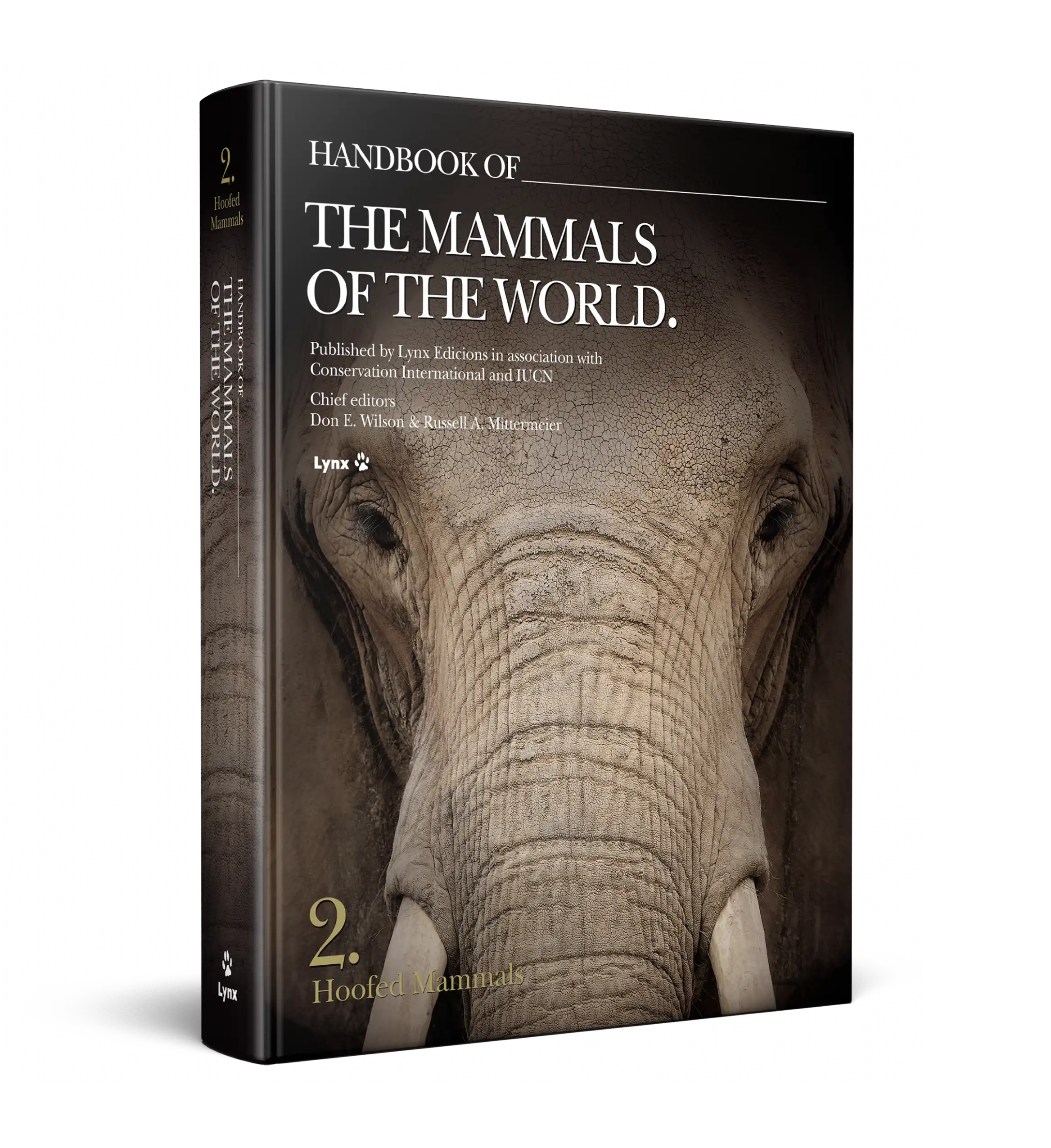


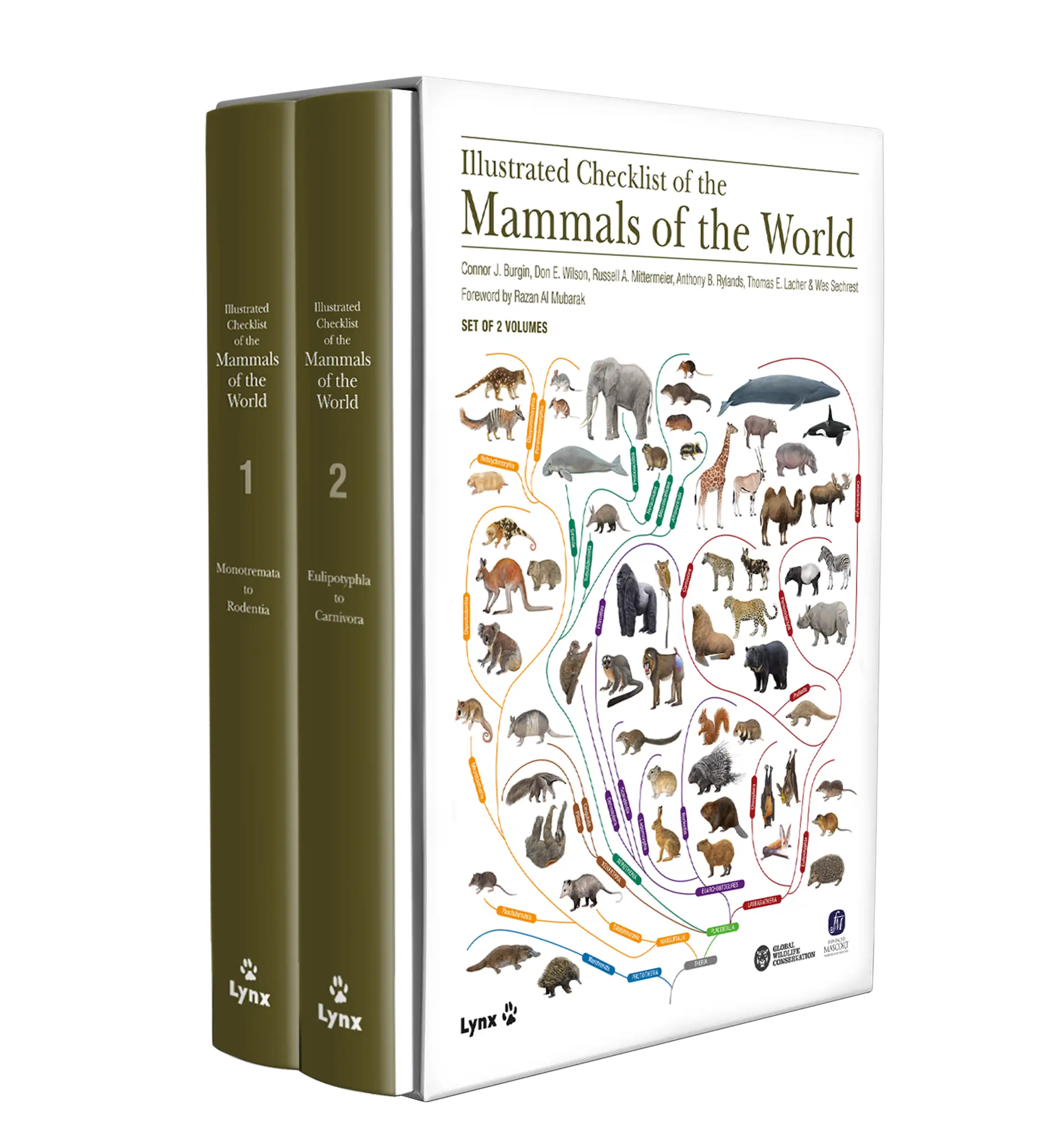
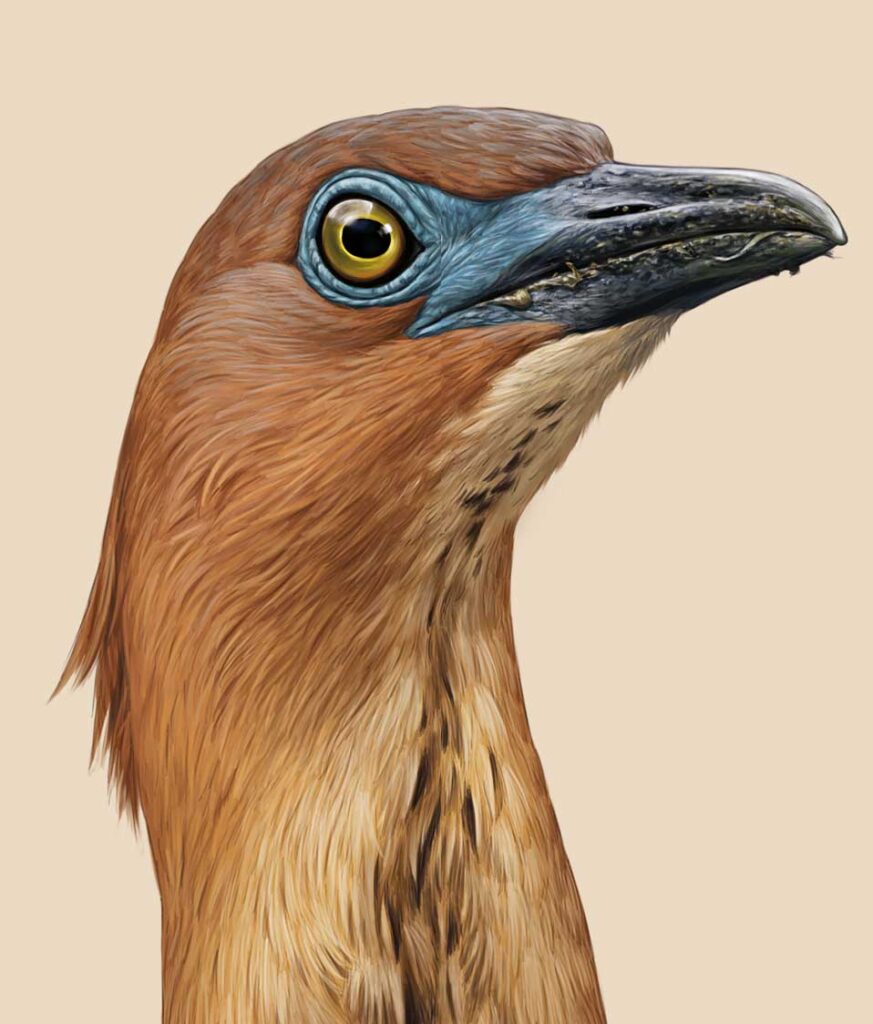
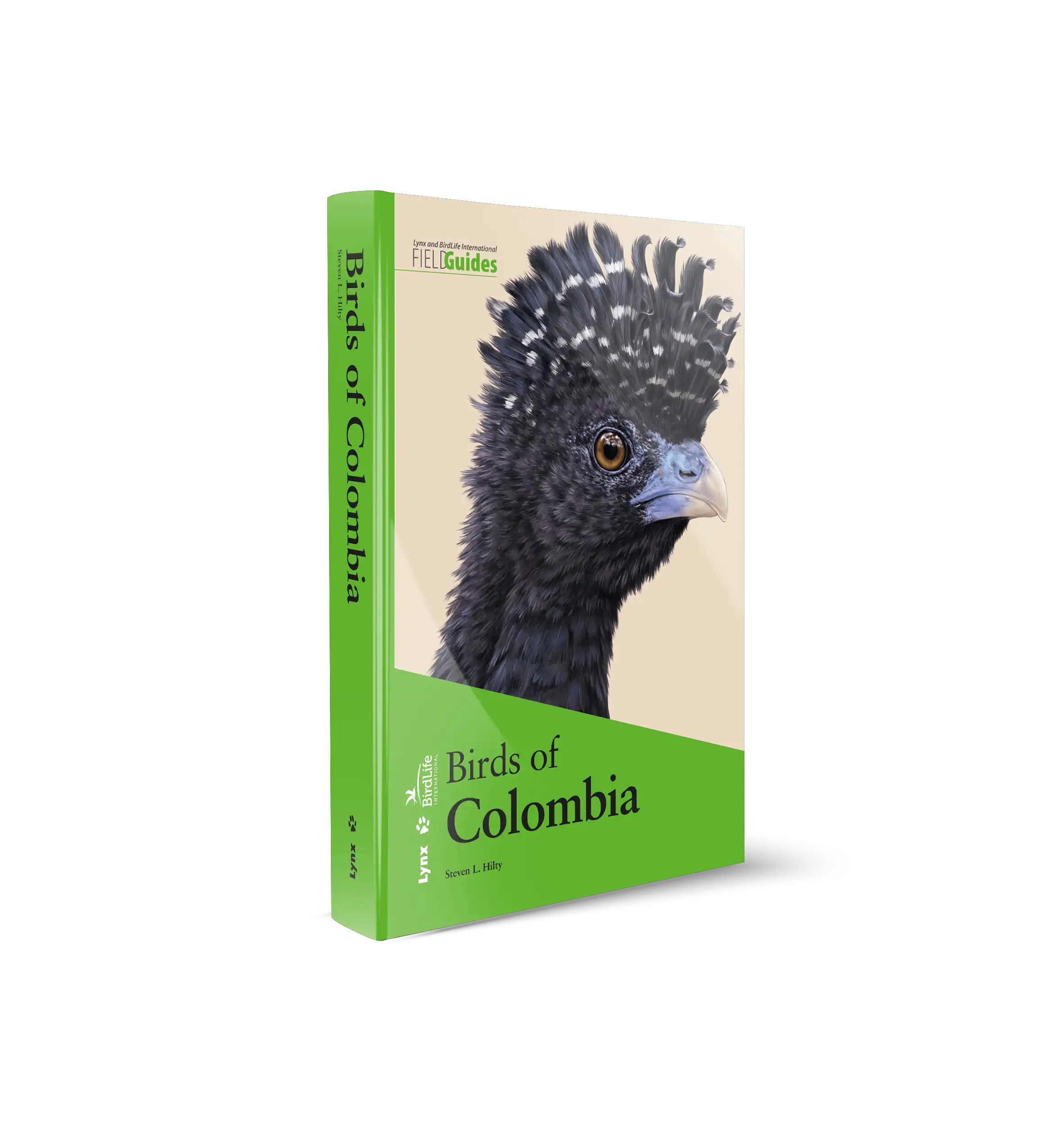
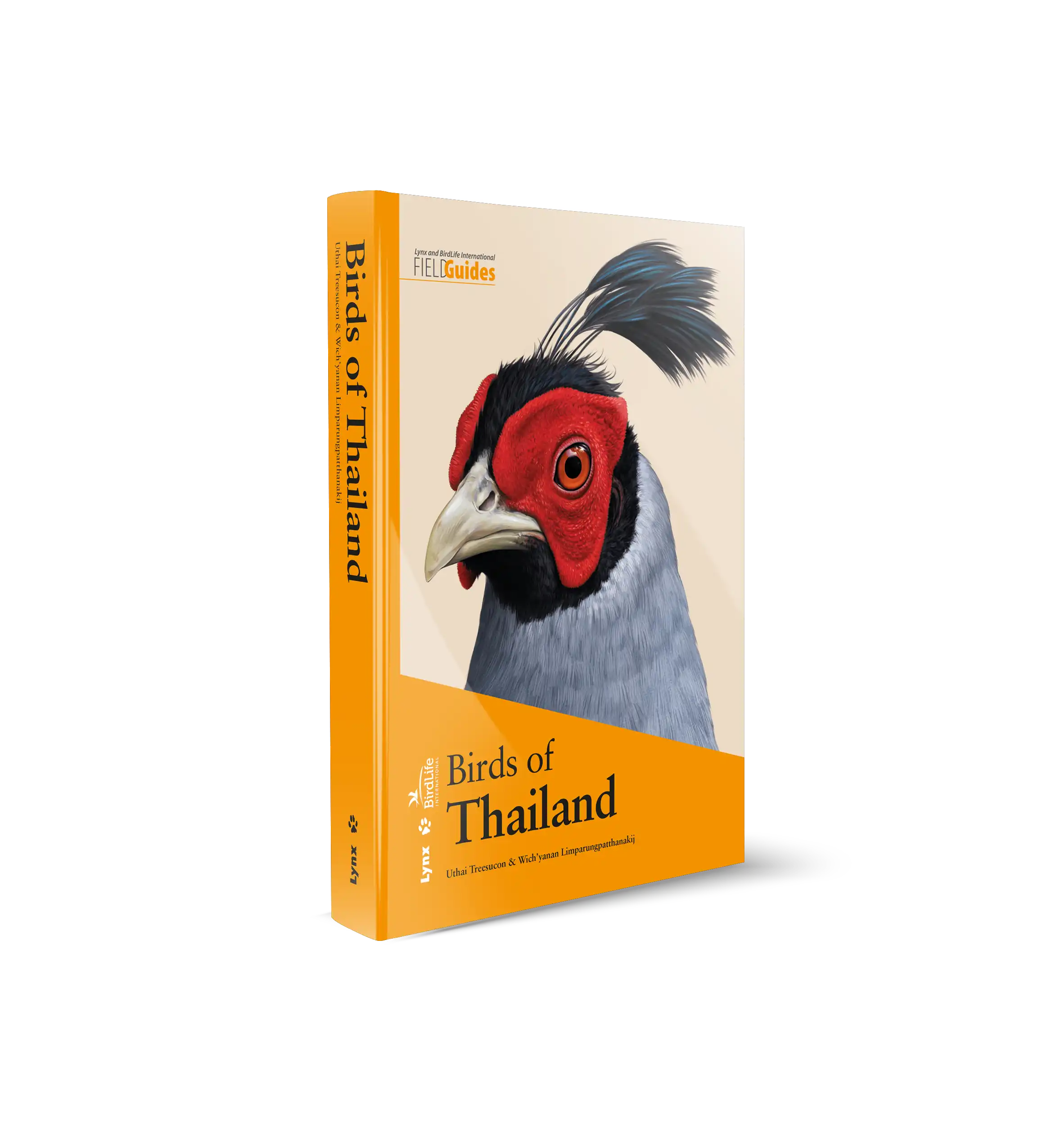
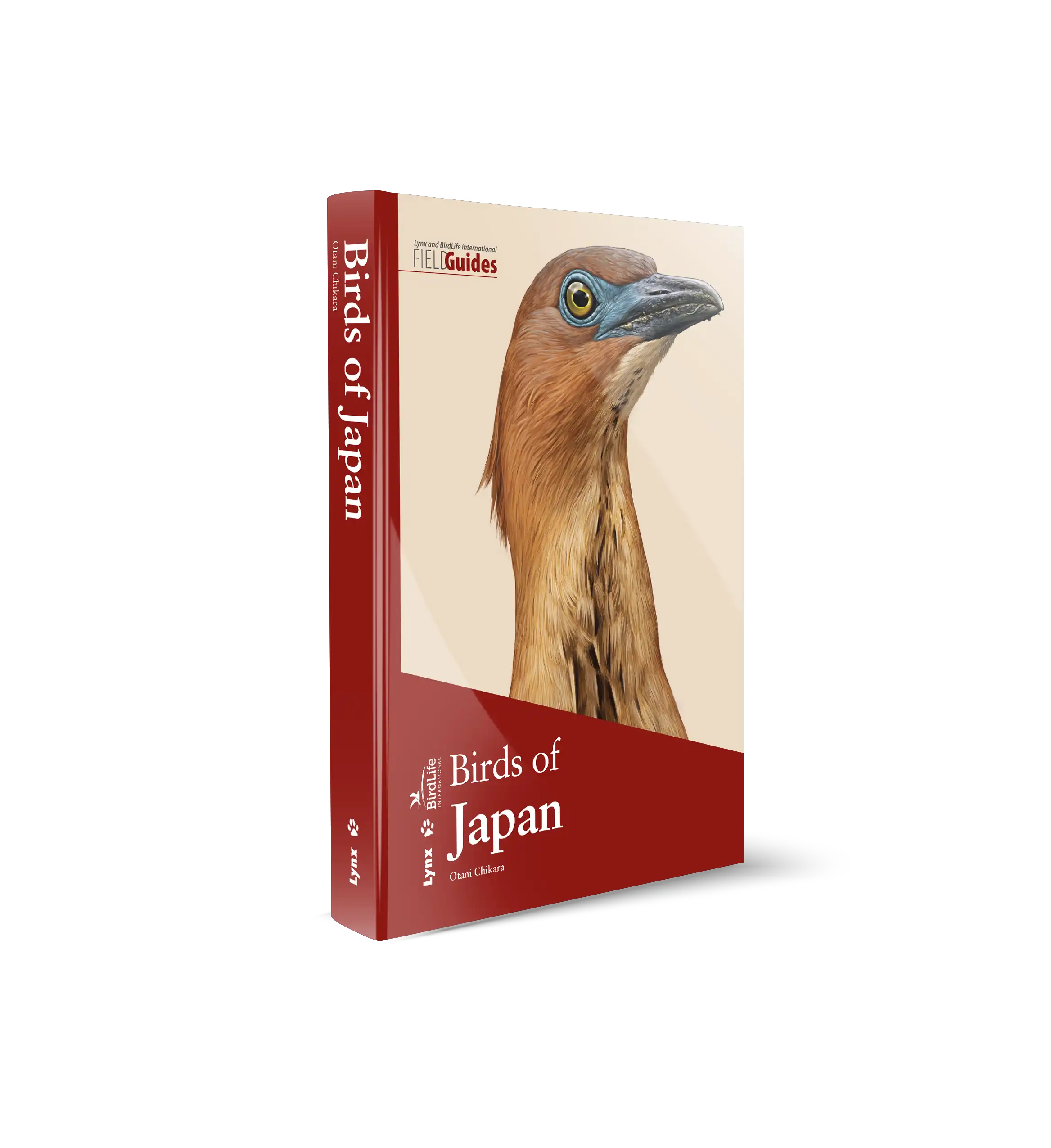








 Copyright 2026 © Lynx Nature Books
Copyright 2026 © Lynx Nature Books
Mark Tasker –
Truly excellent compilation. It will take me some time more to read it, but as a volume to dip into it is wonderful. Well done all. My only slight quibble is that it would have been good to show sonograms of typical echolocation calls (for those bats that do echolocate of course). Lovely artwork too.
Mansur AL-Fahad (verified owner) –
Ended, saved the best for last!!Thanks everyone for completing the series.
Mansur AL-Fahad (verified owner) –
Great work, and as usual the authors and illustrators made a great effort to the success of the work. Finally I congratulate everyone on the completion of the series
Gehan de Silva Wijeyeratne –
The final volume in the Handbook of the Mammals of the World marks the end of an epic scientific journey which has seen a multidisciplinary team of administrators, editors, fund raisers, scientists, artists, designers and a host of other skilled professionals document all of the living mammals on our planet in a series of books where every mammal is illustrated for the first time with succinct information provided on every species together with a distribution map. I did not see this making the headline news on TV in the same way as a major landmark in space exploration. But it is odd that it has taken fifty years after we put a human on the moon, to get around to documenting and illustrating in this way, all the living species of the most popular taxonomic group of life forms on our own planet. Also, it is remarkable that it has been achieved not by governments with astronomical budgets but by private enterprise; led by a team of visionaries. The completion of Handbook of the Mammals of the World (HMW) also strengthens Lynx Edicions as a publisher with an Aladdin’s cave of natural history material that will enable it to (and it has already begun to do so) publish a series of country or regional level guides to mammals.
The final volume follows (well nearly) the standard format for the series. A few preliminaries are followed by expansive family introductions which are grouped under standard categories including Systematics, Morphological Aspects, Habitat, General Habits, Communication, Food and Feeding, Breeding, Movements, Home Range and Social Organisation, Relationships with Humans and finally Status and Conservation. These sections are interspersed with stunning images of a generous size afforded by the larger encyclopaedia size of the pages. Some images occupy a full page combining a coffee-table presentational format to a book underpinned by solid science. One surprise with this volume is that the index and the references are on a CD and can also be downloaded freely from the Lynx Edicions website. The latter is essential because technology has evolved and people demand slimmer and lighter laptops and CD readers are no longer included as standard. In the very first page of the introduction this departure from other volumes is explained. The rapid increase in the number of species to over 1,400 species had resulted in a book which would have exceeded 1,200 pages; larger than the size that could have been bound into a single volume.
I suspect the references of 102 pages and the index of 23 pages being available only as pdfs will produce a mixed reaction. Of course in a book, it is nice to have them all in the book. But there is a huge advantage with the pdfs. It is very easy now to search the index and pdf on your laptop and also very easy to copy over any references if you are working on an article and paper. This book arrived after I had sent back the first page layouts of ‘A Naturalist Guide to the Mammals of Sri Lanka’ to be published by John Beaufoy Publishing. I had been able to cover 31 of the 33 species of bats in Sri Lanka, helped enormously by the work done in Sri Lanka by Professor Wipula Yapa and his students. In a jiffy I was able to search the references pdf for ‘Yapa’ and Chocolate Pipistrelle Falsistrellus affinis. I searched for the latter because it was one of the species for which I had not been able to source an image for the first edition of my book. I for one would be happy if the references for all of the HMW series were to be made available in the future as searchable pdfs on their website
With all of the volumes in the HMW, the species accounts are very much in the vein of something you refer to, but the extensive family accounts are pages that you could happily dip into at random and find the content utterly absorbing if you have an interest in mammals. The family accounts in the other volumes were almost always in accessible language. However, with this volume some of the text is necessarily technical when matters such as vocal frequencies, dentition and bone structure are discussed in separating genera. No less than 52 authors are responsible for the text and a team of seven artists have painted the plates to create definitive reference work under the chief editorship of two of the most respected and published mammalogists in the world. As always, the images are stunning, whether it is a fruit bat flying and carrying one of its young or a day roost of bats under a branch looking like some strange tree fungi.
When I first wrote and photographed a guide to the mammals of Sri Lanka a few decades ago, fruit bats were in the Megachiroptera and the insectivorous bats were in the Microchiroptera suborders. The long established classical taxonomy has been overturned by molecular phylogenetics showing that the megabats are nested within the microbats. In the first three pages of introduction there is an explanation of how the 21 families are now grouped with seven families in the suborder Yinpterochiroptera and the remaining 14 in the suborder Yangochiroptera. There is also a thumbnail summary of the families in the first three pages. I would have liked to have seen something like a stylised phylogenetic diagram to illustrate the relationship between the families. Although this is absent, nevertheless, the more taxonomically complex families such as Old Word Fruit Bats (family Pteropididae) and Vesper Bats (family Vespertilionidae) for example, have simple diagrams to show how the families break down into subfamilies and tribes. The Old World Fruit Bats for example comprise eight subfamilies with the subfamily Rousettinae having seven tribes.
For some people the taxonomic details might be just technical noise and irrelevant to enjoying these wonderful mammals which show so much variety (21 families!). But for others like me, knowing some of these levels of taxonomic groupings, makes it easier to have a ‘mental filing system’ to deal with a large number of species. Quite often (but not always) subfamilies and tribes have a geographic node as colonising mammals speciated. For someone like me who has a home in two continents it is always interesting to understand which families are found where. In Asia, I would go up to the roof top with my youngest daughter when she was a little child and watch the sky pepper with dark dots at dusk as a swarm of Indian Flying Foxes left a city park and flew over our house with purposeful wingbeats. In the UK the fruit bats are absent, but we join the bat walks at the London Wetland Centre to see and hear on bat detectors, species that represent families found in both Asia and Europe. As with many birders who have a fascination with taxonomic matters, I always find the Systematics section of the family accounts very interesting. A study of how we have grouped families is also a study of how science has changed.
By comprehensively documenting and illustrating every species of mammal in the world, the HMW sets a new baseline of reference for researchers. It is a milestone, but not the end of a project to document mammals; it marks yet another beginning since there is so much more to learn in a world where new and sometimes even large mammals are still found hidden in plain sight.